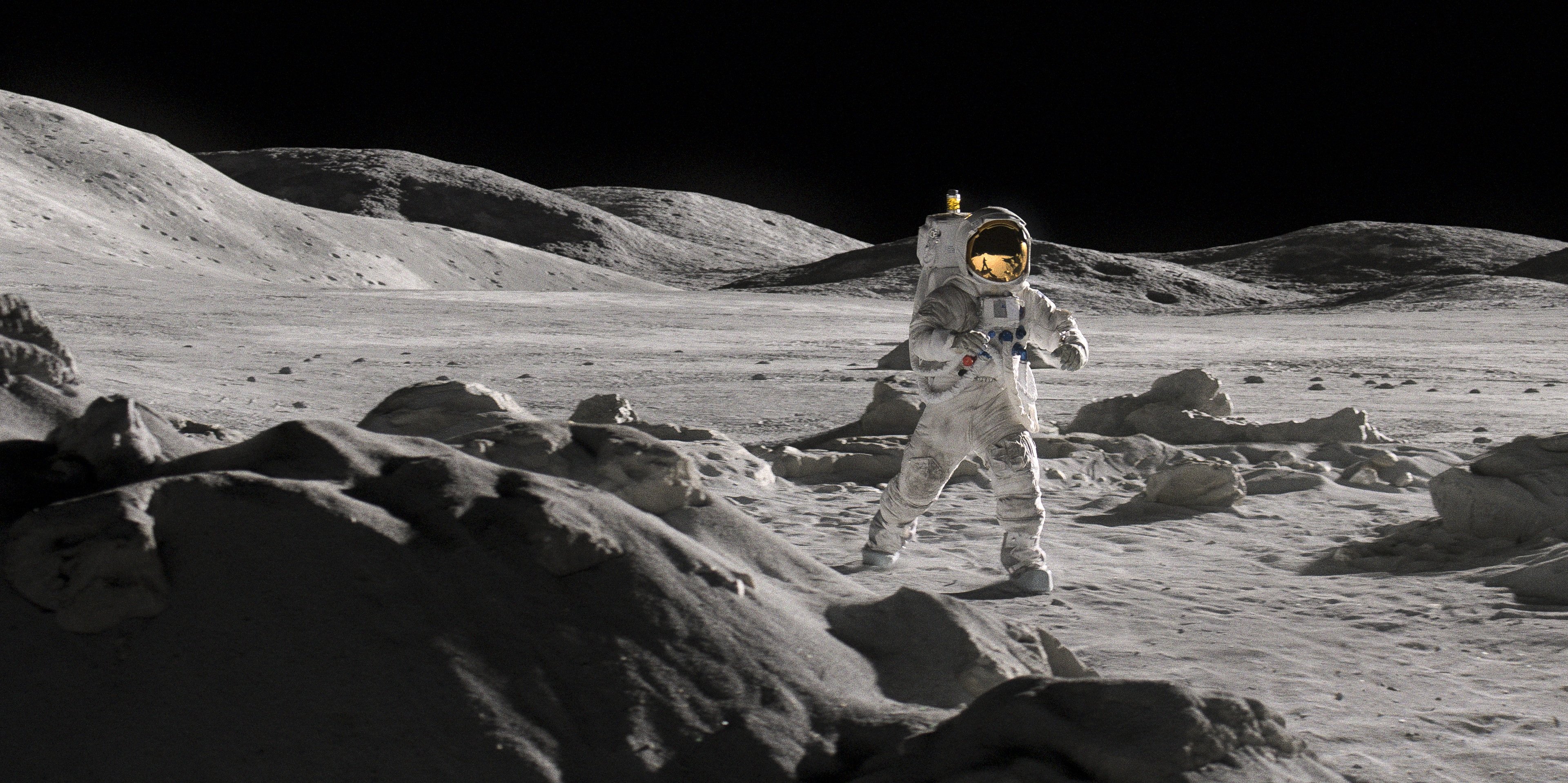
Now Streaming
Cinematographers weigh in on their streaming shows and an evolving field.

By Iain Marcks, Samantha Dillard and Andrew Fish
For All Mankind images courtesy of Apple. The Marvelous Mrs. Maisel unit stills by Nicole Rivelli; all Mrs. Maisel images courtesy of Amazon Studios. Images from Quibi productions courtesy of Quibi. Other photos credited as noted.
For generations, television and movies have been able to transport viewers to places they might never visit, time periods that have passed, and new worlds conjured by filmmakers’ imaginations. And as strict “stay at home” orders have been issued across the globe, increasing numbers are turning toward streaming platforms to find entertainment, comfort, and a version of reality beyond their quarantined lives. In fact, Variety recently reported a Nielsen finding that in the first three weeks of March 2020, the amount of content streamed to the TV in the U.S. was up 85 percent compared to the same period last year.
Today’s homes are remarkably well-equipped for this newly insular existence, with technology designed to incorporate widescreen, large formats, immersive sound, and 3D display — plus one thing more: control. With direct-to-consumer platforms including Netflix, Amazon, Apple TV Plus and Disney Plus streaming large libraries of features and TV shows to subscribers over the internet, audiences now have the ability to watch practically anything they want, whenever they want, however they want.
The first two options work out great for everyone, but the third poses some challenges for filmmakers who are used to maintaining control over the look of the final product. The variety of screen-types on which the cinematographers’ work might be viewed these days seems nearly endless — and Quibi’s recent entrance onto the scene, with its content designed for mobile devices, brings into even sharper focus the vast number of choices that viewers have at their fingertips. For every new imaging standard codified, a disruptive evolution occurs.
AC reached out to a number of streaming-show cinematographers to discuss their approaches and philosophies, and to elicit their thoughts on a changing landscape.
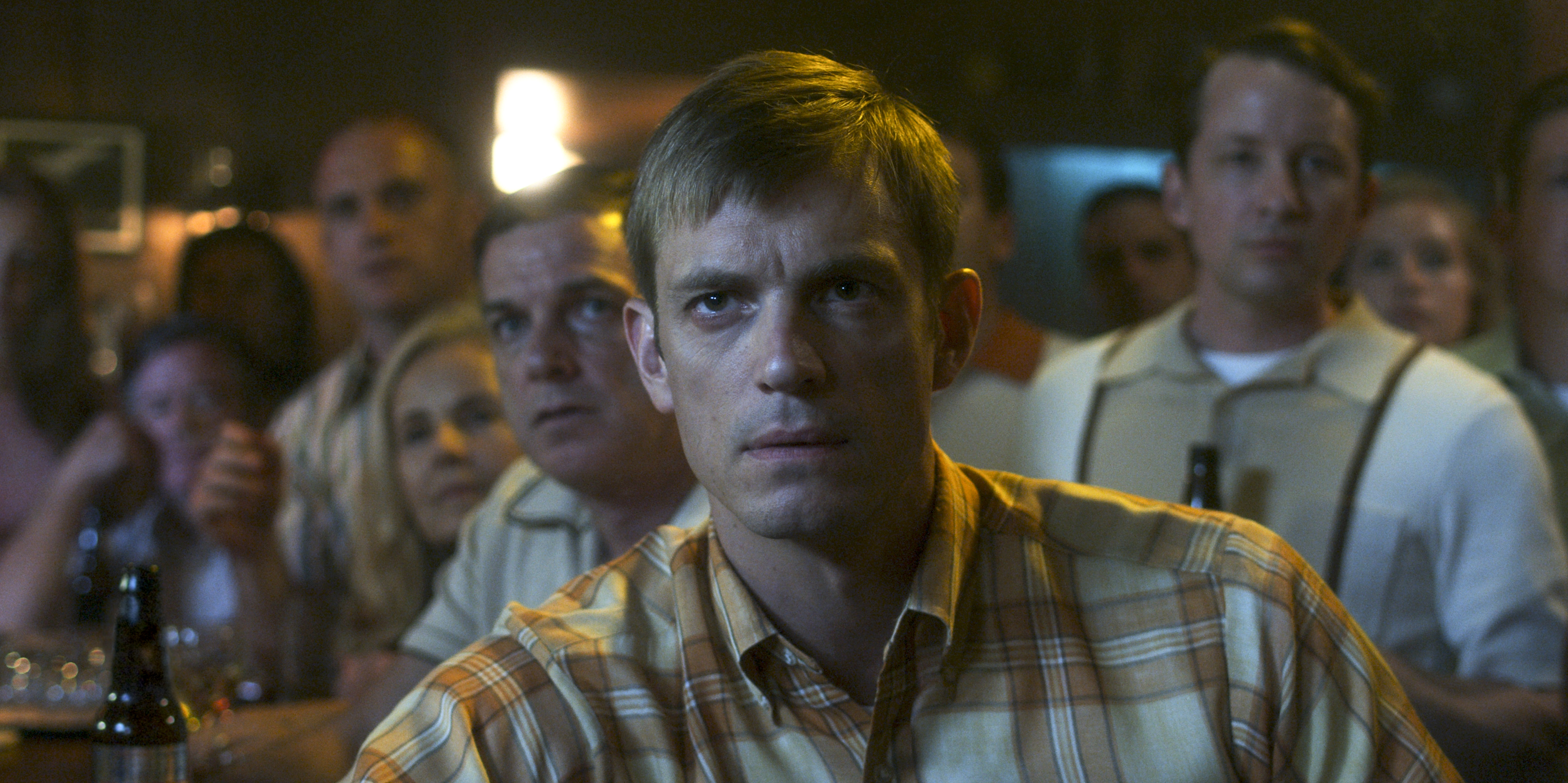
Streaming is the new normal, says Ross Berryman, ASC, ACS, a cinematographer on For All Mankind, one of the most popular series on streaming service Apple TV Plus. The show invites viewers to escape into an alternate version of the 1960s and explore what might have happened if the space race had never ended, because the Soviet Union — not the United States — had succeeded in the first manned moon landing.
“For All Mankind shoots for the best viewing experience possible, whether it be large TVs, computers, tablets, or mobile phones,” Berryman says. “I have also seen [the show] projected on a large theatrical screen, and the image quality is outstanding. Streaming has become the new normal, and to make your product stand apart, you have to give them the best possible image. The 2:1 aspect ratio lends itself to all these forms of viewing as well.”
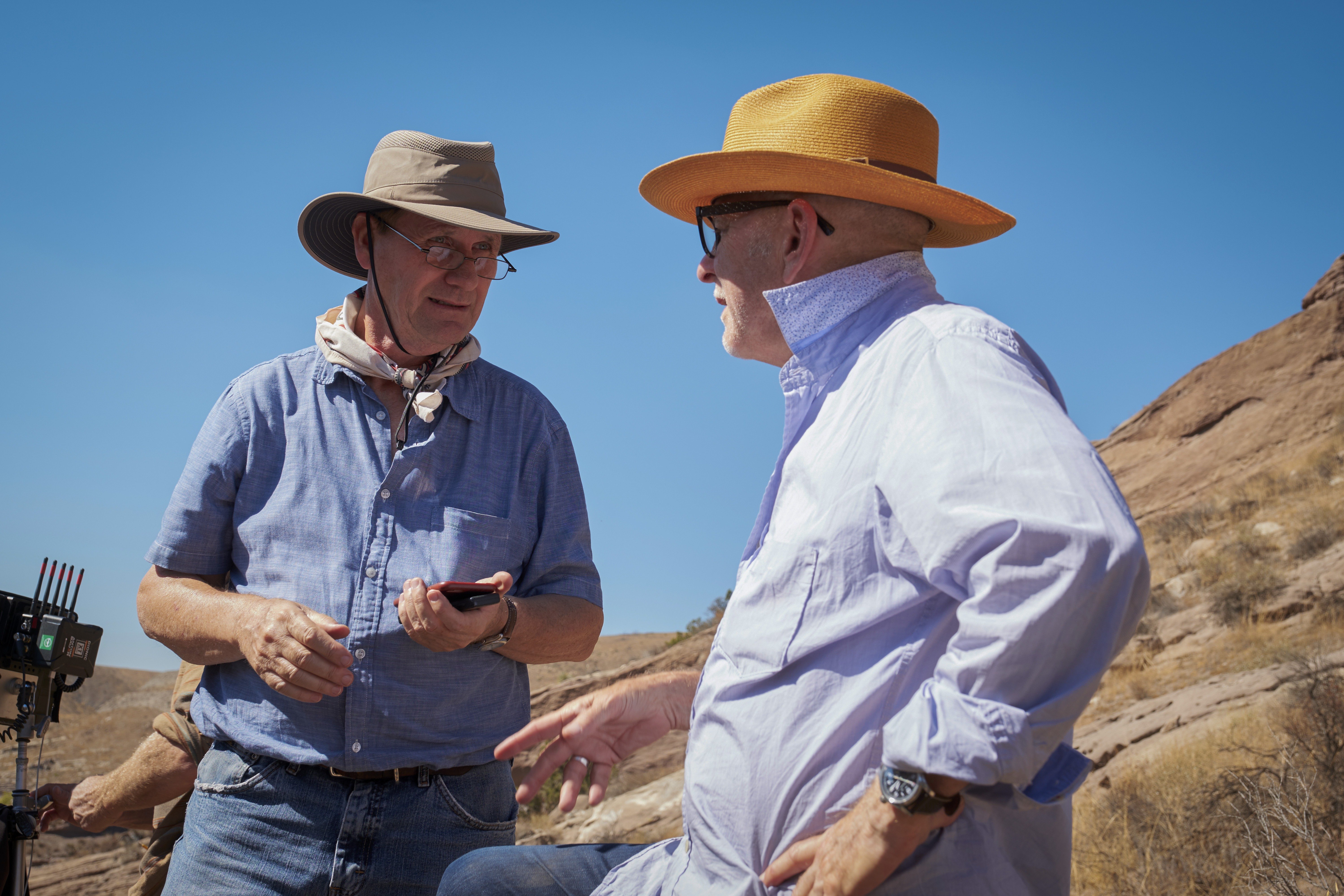
The show’s other director of photography, Stephen McNutt, ASC, CSC, says that any planning for the many screen-types that For All Mankind may ultimately be viewed on came down to “[giving] them the best image we can. At the outset, we requested to shoot the series in the 2:1 aspect ratio. Thankfully, Apple agreed. We deliver the show in 4K, and after that, postproduction manipulates the images as they need. We do shoot 4:3 aspect for some on-set playback needs, and I’ve used the 10,000 ISO setting for a historical playback, but for what they do to the image for streaming — it’s their conversion.”
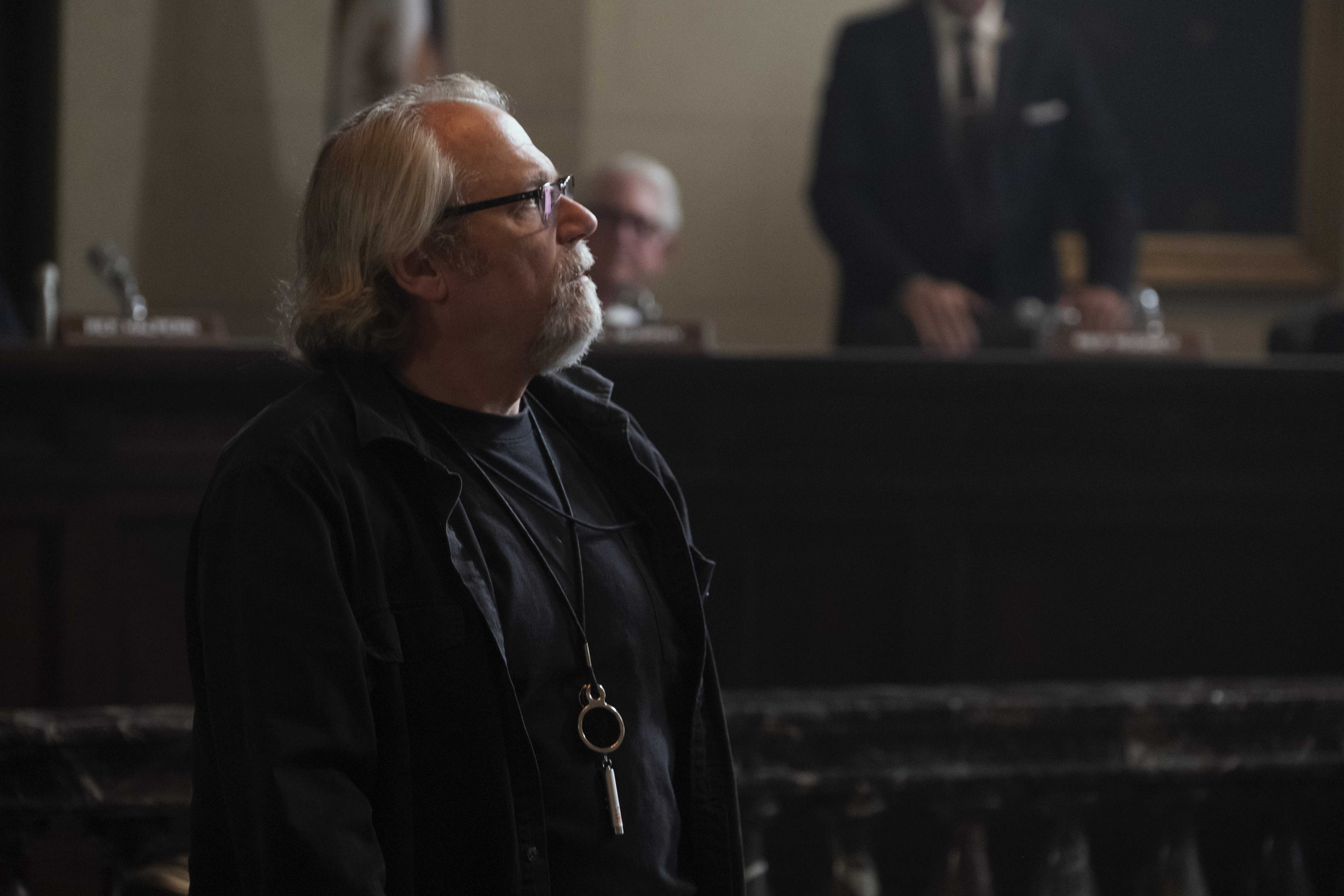
Berryman and McNutt studied hours of NASA moon footage, as well as films from the 1960s, to establish the period look of the production. They also referenced other space-centric films, including 2001: A Space Odyssey, Blade Runner, Sunshine, Apollo 13 and The Fifth Element. Ultimately, the filmmakers concluded that The Right Stuff — photographed by Caleb Deschanel, ASC — best suited their visual approach.
“Ross and I were both part of [the ’60s], so we already had an awareness for its texture and feel,” McNutt says.
Adds Berryman, “I think when you are shooting in such a well-documented period, and when the storylines from episode to episode are continuous, it is very important to be on the same page, visually. Stephen and I had long discussions about it and we were in agreement that our look should be as naturalistic as possible and grounded in reality, as we were portraying an alternate reality to history. To be convincing, you have to be as realistic as possible.”
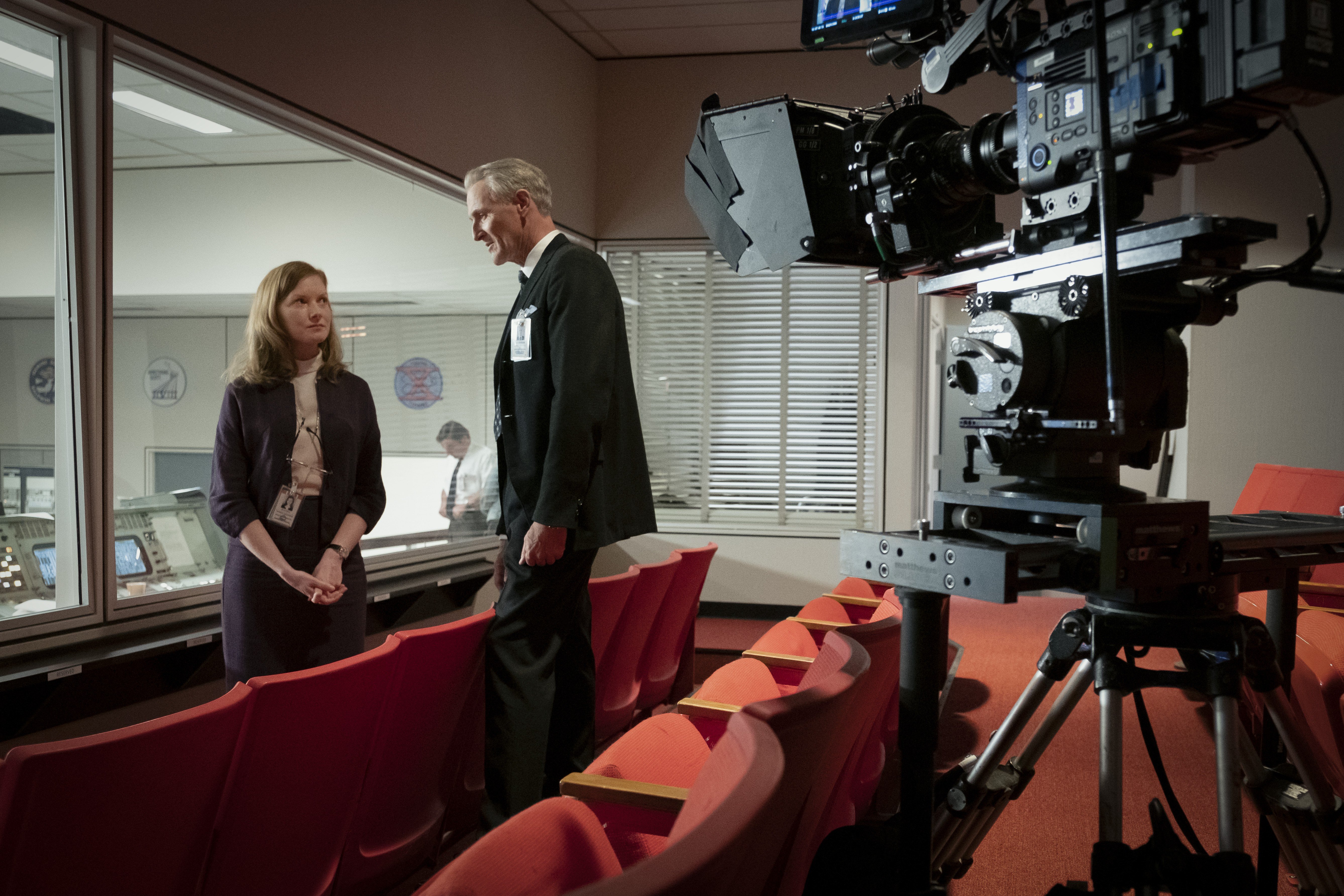
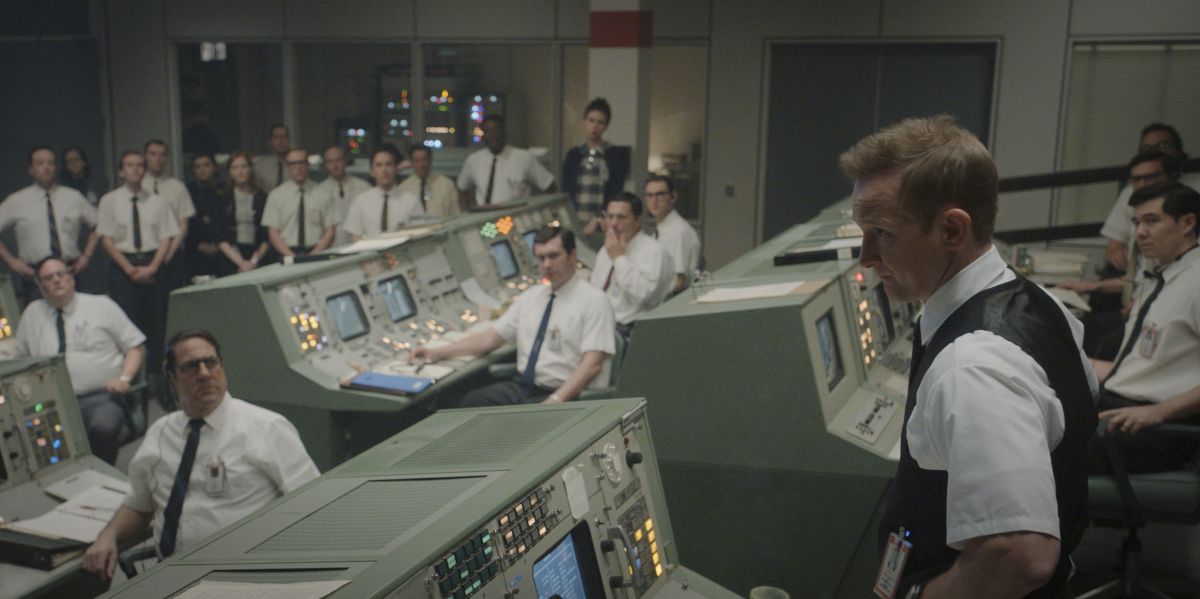
“The Apple mandate for streaming is 4K,” Berryman notes, “and when production on Season 1 was getting underway, Sony had just released its Venice camera. Both Stephen and I were drawn to its color palette and how clean the image looked at 2,500 ISO, which, for our production, was an enormous plus. It also had the ability, in Rialto mode, to become a very small footprint — using a long ‘umbilical’ cord to separate the ‘brain’ from the lens, which became extremely useful in some of the tiny spaces we ended up in.
“We were able to hide tiny LED units around the sets as well,” Berryman continues. “The 2,500 ISO helped us illuminate the interior of the space capsules by using the existing control-panel lighting, which gave a much more realistic feel, especially with their reflections in the [astronaut] helmets. The control-panel lights in the capsule were refurbished by the special-effects department so that they could be adjusted individually, but they were sometimes too bright and had to be dimmed way down. We used [Century Precision] snorkel lenses to reach inside these tiny spaces, and the 2,500 rating helped with the two-stop light loss.”
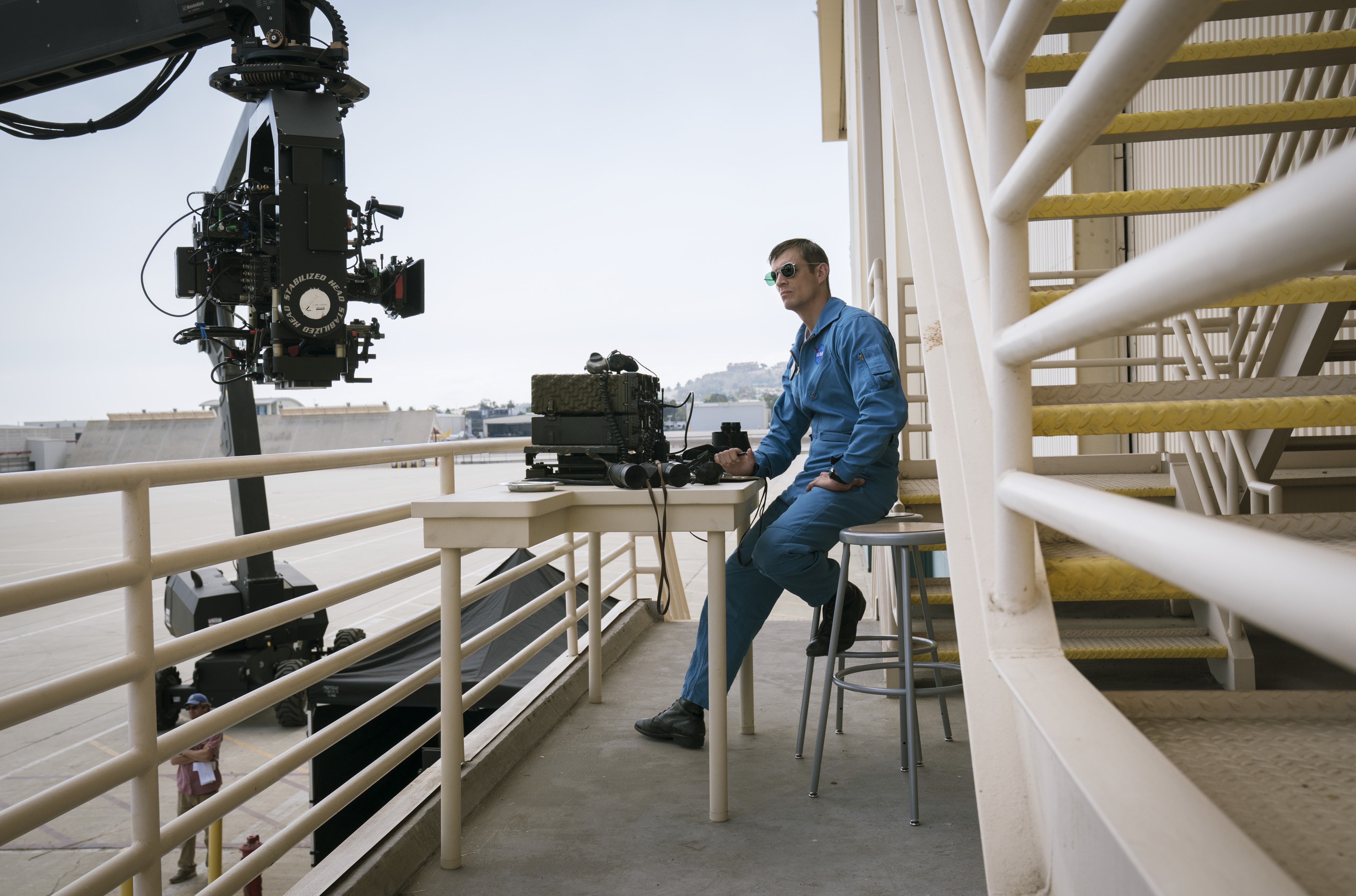
“Ross and I discussed using primes almost exclusively,” says McNutt. “In the end, we decided on the Cooke [S4/ilenses]. I’ve always been a Cooke fan — and, luckily, so is Ross. We felt that these slightly older lenses had the softness and roundness that Cooke does so well. We did not want the hard edge. The show was going to have a closer and wider approach. The go-to lens was 27mm, and then we looked to the 40mm or 65mm when we went tighter. We kept the depth of field shallow but not necessarily wide open all the time. It was kind of a feel and not a mandate. Because we decided to investigate the native 2,500 ISO available on the Sony Venice, we found that we had a greater control over the aperture. The camera allowed us to work with practicals and the ambience of the room.”
To evoke the look of the ’60s, McNutt says, “We decided to attempt a bit of an Ektachrome feel. We added a touch of cyan in the mid-tones. It was just enough to recall the feeling without being too on-the-nose. We used Tiffen Glimmerglass, and I added a Tiffen White Pro-Mist 1⁄8 filter at times to soften the blacks.”
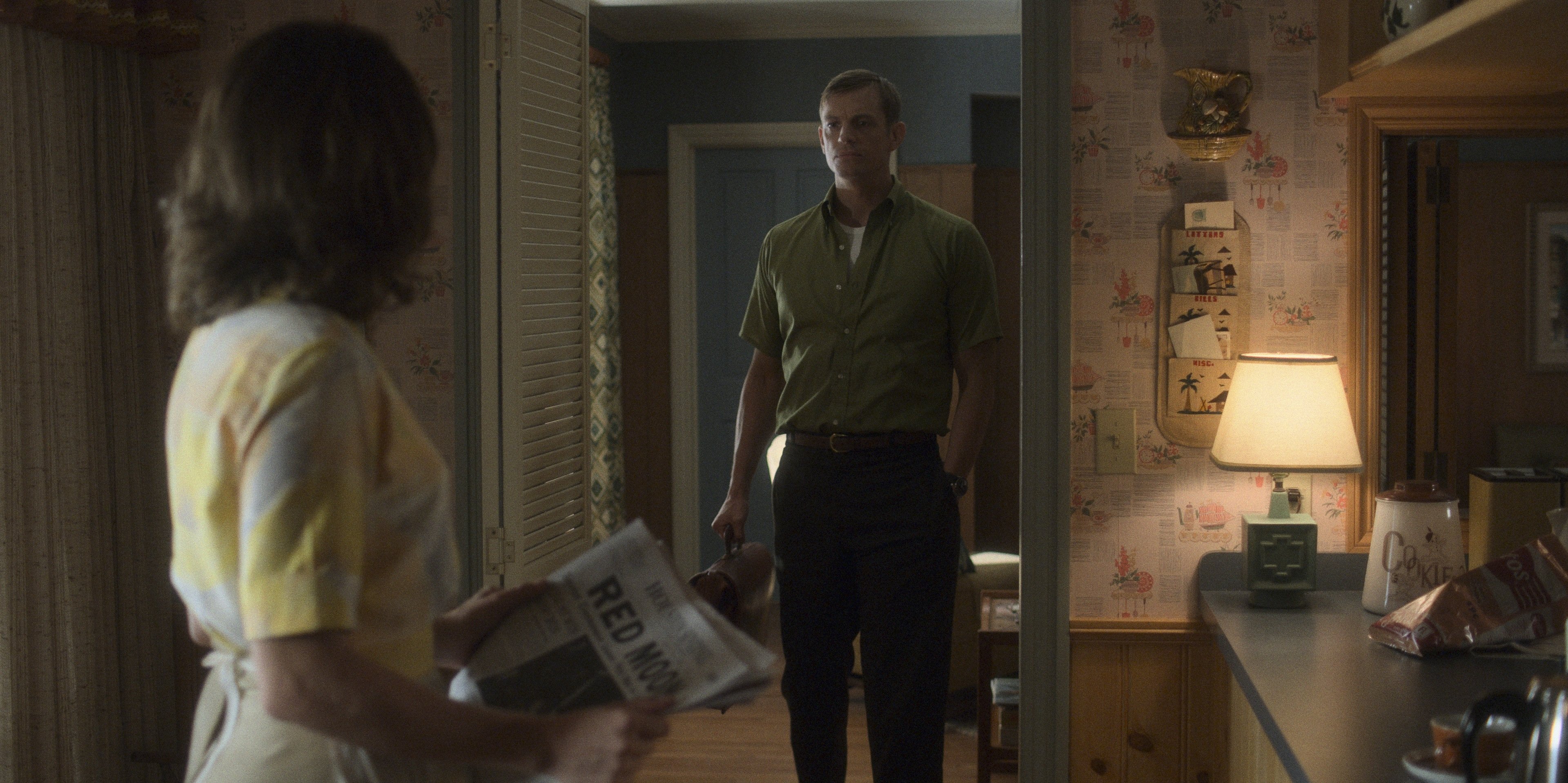
McNutt says that he has a particular fondness for the pilot of For All Mankind, “Red Moon” — and not necessarily because of its rocket launches and moonwalks, but more for a scene in a living room between a husband and wife. Protagonist Edward Baldwin (Joel Kinnaman) is admonished by Karen (Shantel VanSanten) for talking to a reporter and thus being expelled from the Apollo program.
“As cinematographers, we are all challenged at times when the window is at your back and you’re looking into the room and the actor is walking around freely,” McNutt says. “For this scene, I had an Arri SkyPanel and an Arri T12 outside the window; the SkyPanel was on the floor to add a low glow to the scene, and I bounced the T12 for soft-fill ambiance. I’ll often cover the top third of the window with black in order to maintain the feel of low bounce — I think it has a better texture. I set the exposure for the close position of the actor so that when she was in the back of the room, she would be slightly down.
“I use lights, at times, to reflect a sheen on a wall or on furniture to give the sense of the window off camera,” McNutt adds. “In this case it was the wall paneling.”
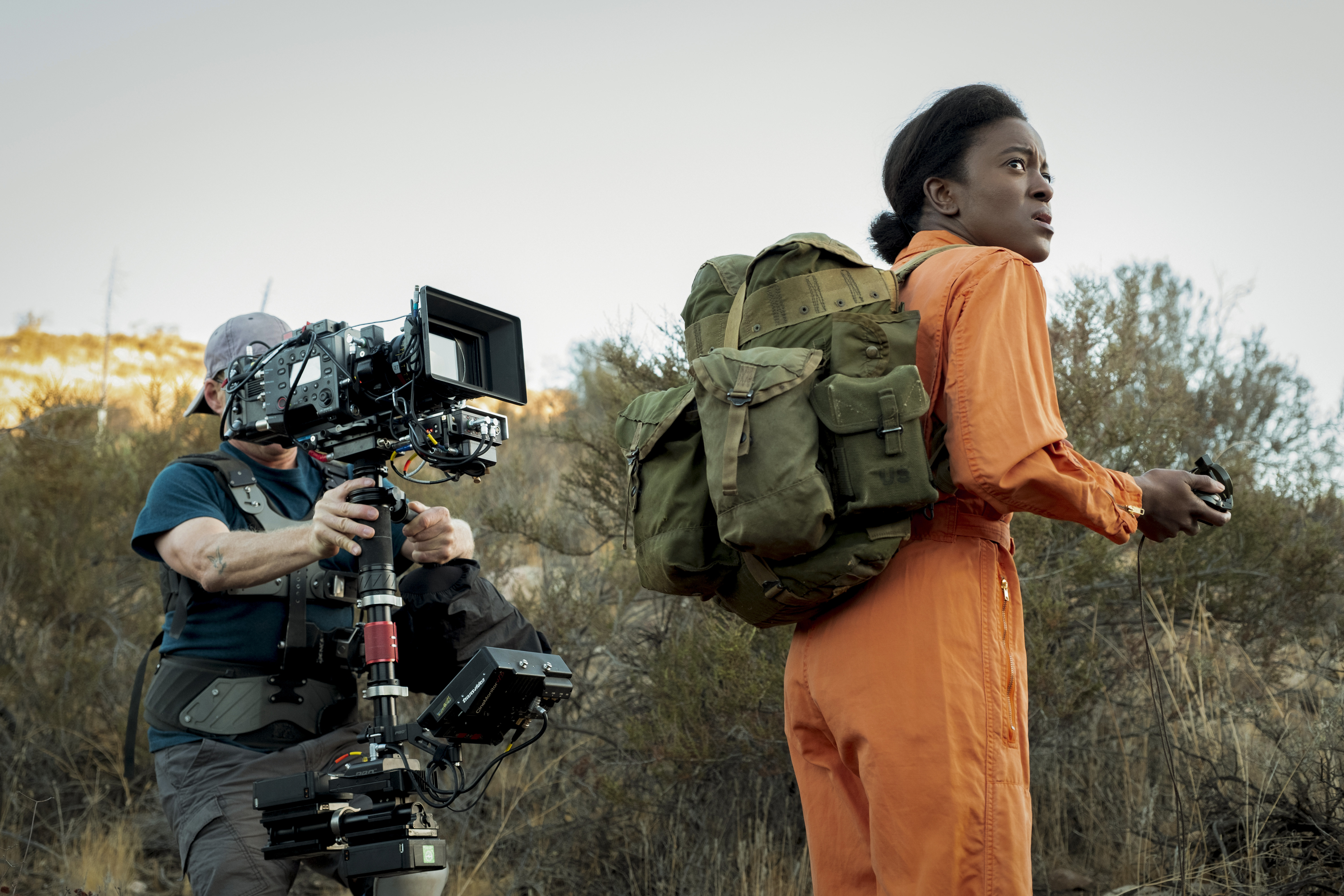
Berryman has an affinity for an episode in the upcoming Season 2, which, he says, “became visually more interesting with director Andrew Stanton’s input and desire to open up the story a little more.” One of his favorite scenes was “shot [at the] old Boeing facility in Long Beach. The Apollo capsule sat in the middle of a dressed warehouse that is accessed from the outside by a huge roll-up door. I had the riggers install an HMI Molebeam up high, together with smoke, to create a shaft of light, with the idea that it would be trimmed on the day via an 80-foot condor. But, as luck would have it, the door broke down, and we were unable to open it. Just then, from up on a second-level landing, an electrician opened up the outside door, and the sun burst in and hit the exact spot where the scene was taking place. So, with God’s help, we were able to make use of our good fortune and make the scene look spectacular in a way that could not have been achieved artificially. Right place, right time.”
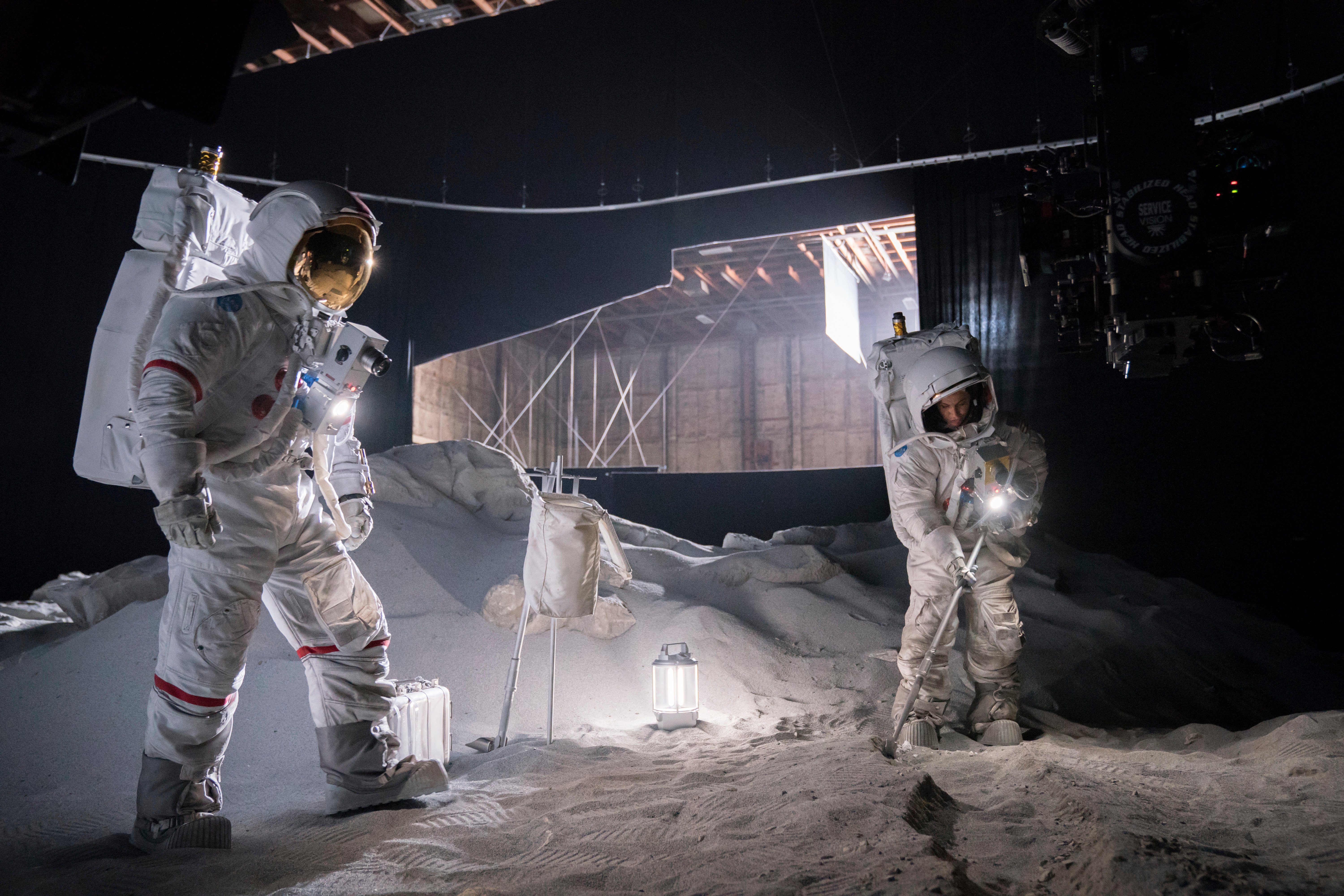
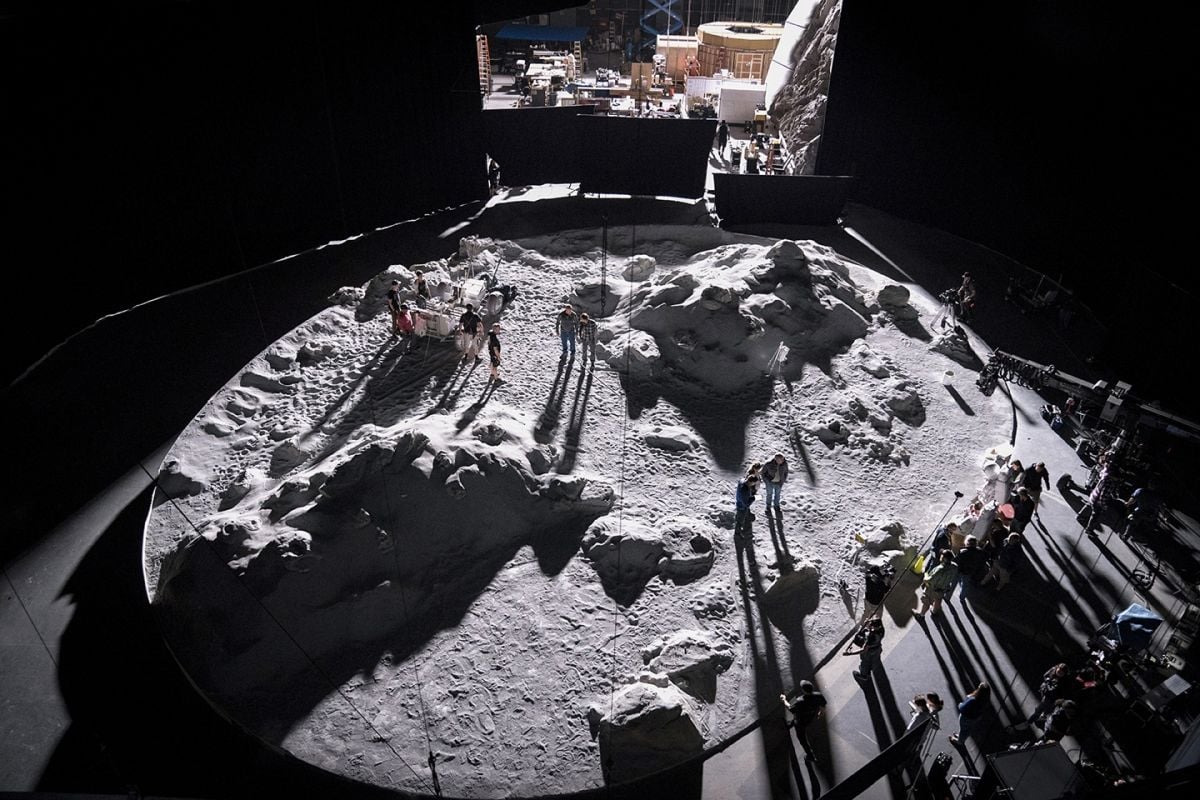
The cinematographers also agree that shooting scenes set on the lunar surface was one of the most exciting aspects of the job. “Creating the moon was really fun!” McNutt says. “Gaffer Keith Roverud and I put a 100K SoftSun on a lift, and then key grip Curt Griebel set out to design the massive hanging black material. They created a giant aperture surrounding the light that kept the spill off the walls and focused the light on the surface of the moon only. We kept the light as far away as possible to control the fall-off. We ended up at about a 3⁄4-stop difference from the leading edge to the back. In the end, you had one light and it didn’t move. Everything was choreographed and placed to it.”
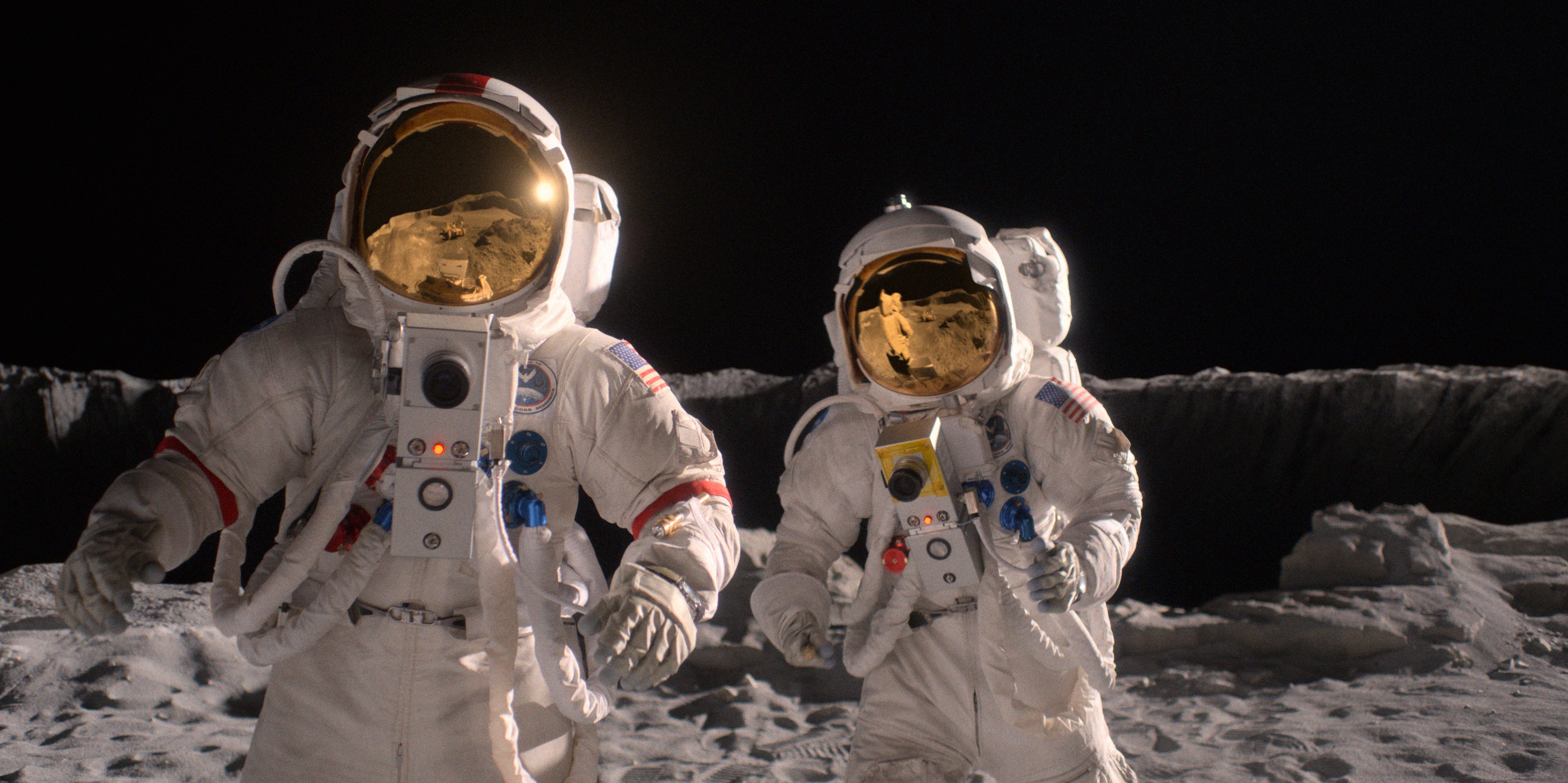
In the show’s first season, all lunar-surface sequences were shot on Stage 27 at Sony Pictures Studios “because of its high ceiling capacity, which was a great assist for all our wire work,” says Berryman. “When that stage became unavailable for Season 2, the production moved that set to a hangar at the old Boeing facility in Long Beach. That also gave us a much bigger playing field for visual effects to provide set extensions.”
In regard to the wire work required to simulate the low-gravity environment, McNutt says, “Todd Schneider, our stunt coordinator, did an incredible job working with the actors and stunt performers in creating the action movement on the lunar surface.
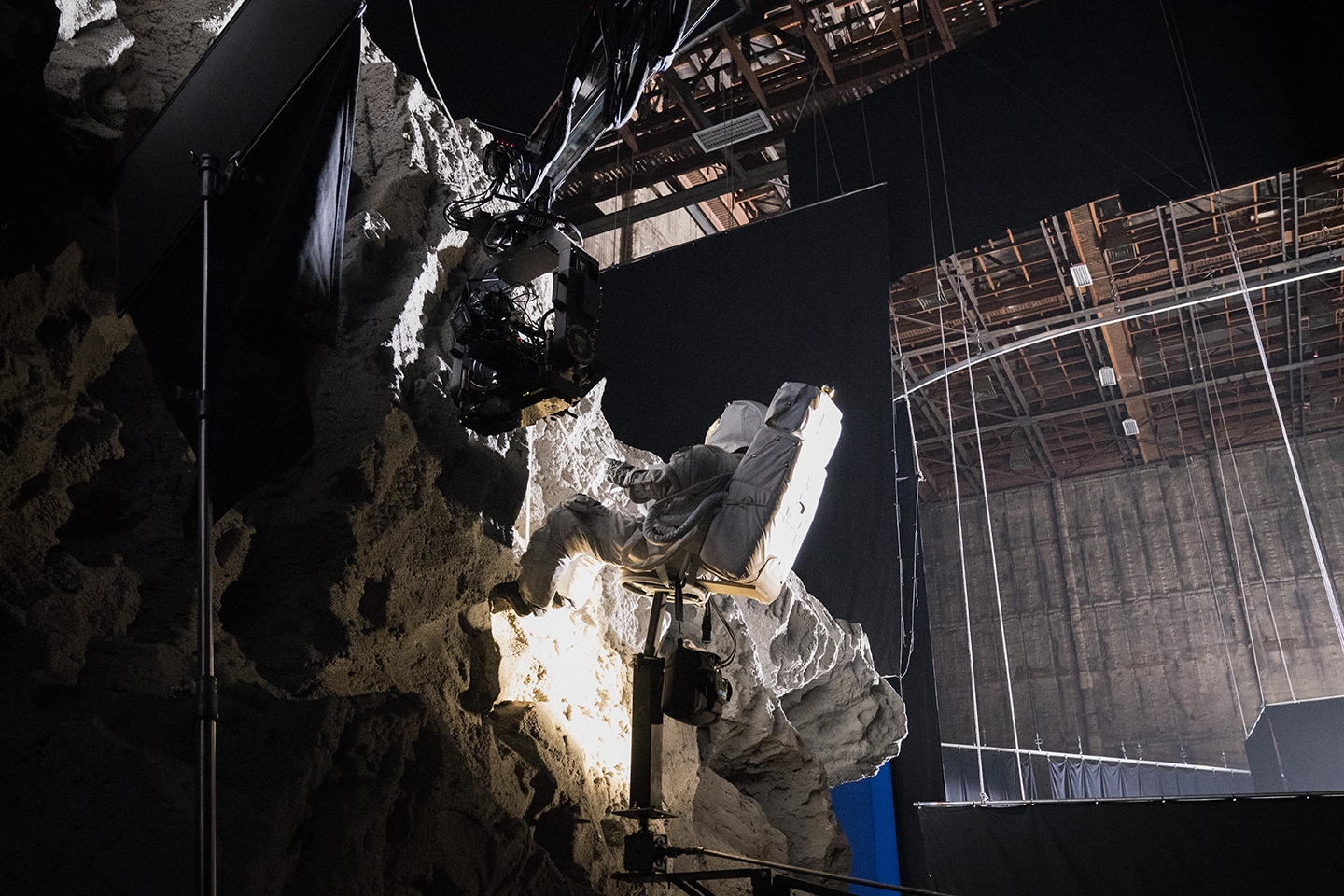
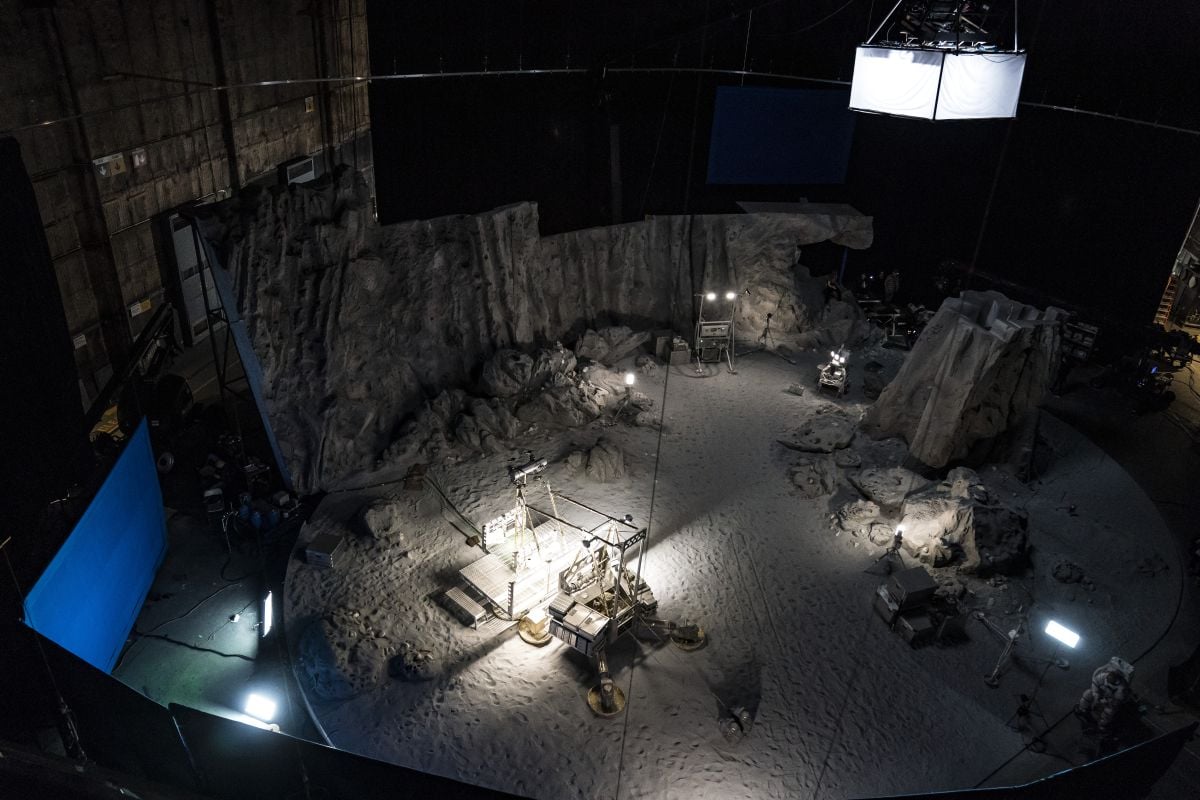
“When working in the command modules,” McNutt adds, “we ended up using 10-foot Technocranes and snorkel lenses because the space was so tight. Tim Spencer, our A-camera operator, and Michael McEveety, B camera, busted their butts to get in there and get the shots. The camera-support team, led by 1st AC Stephen Pazanti, did an incredible job. We mostly used the [enhanced] practical light from the instrument panel because there was very little room to place anything. We did create a number of on-camera LED strips that we could place here and there when necessary.”
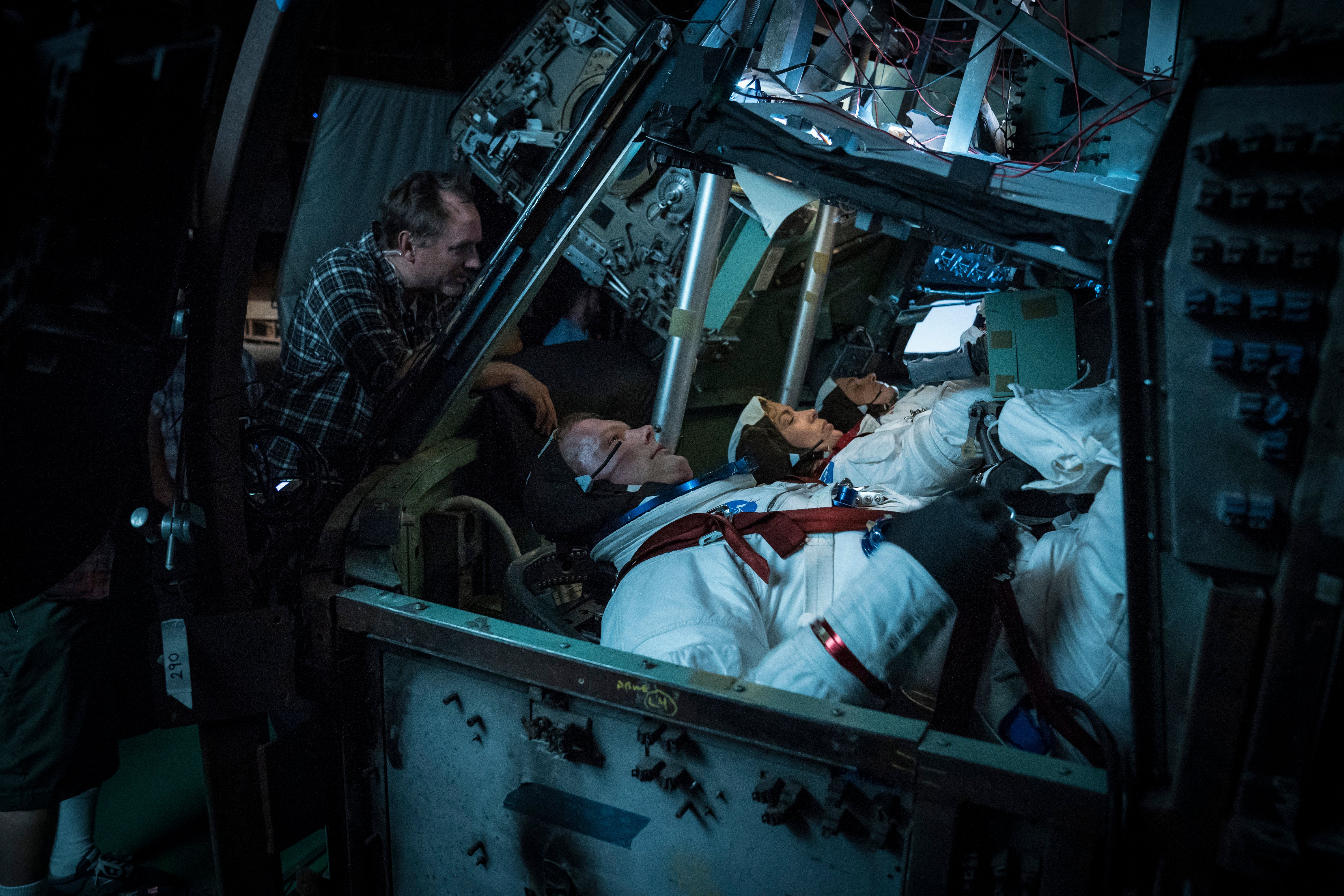
The cinematographers are quick to note that their collaborators across all departments are also responsible for the show’s striking visuals. “Dan Bishop, our production designer, and set decorator Dianna Freas gave us an abundance of highly accurate and textured sets,” McNutt says. Berryman adds that these contributions were key “to the visual look, along with [the work of] wardrobe, makeup and hair.
“Our DIT, Mike DeGrazzio, keeps us honest with our different looks — based on our production LUT — in our various sets, using still-photo references to assist with matching on subsequent 2nd-unit/double-up days,” Berryman continues. “Mike color-corrects as we go, so that the look of the show is retained throughout the post pipeline, which is very important on a show such as ours that uses extensive visual effects.
“Our VFX supervisor, Jay Redd, is very experienced and a great collaborator,” he adds, “and both Stephen and I are so dependent on him. [We also] have great support from our producers, as well as our top-notch camera, grip and lighting crews. Our terrific 1st ADs, Haze Bergeron and Anna Ramey Borden, were also important collaborators.”
“Our work is now accessed across many platforms, and the role of the cinematographer is still an important one,” says Berryman. “But what concerns me about the future is how much control we will continue to have over our images in this advancing digital age.” But, he adds, “As technology continues to improve, what we do as cinematographers will not fundamentally change. Artistically, we still light by eye and we still collaborate closely with those around us. In the end it is about the best way to tell the story.”
McNutt agrees: “I think that the cinematographer will continue to work in basically the same way. We respond to the requirements requested. The studios might request that we protect all formats, much like when we were asked to protect 4:3 even when we were shooting 1:85. This was never the best for both worlds.” Nonetheless, “It’s my hope that the medium will remain as a horizontal image,” he says. “Maybe when we shoot in 6K or beyond, we will have frame lines that allow us to pull what we want while placing the desired ratio in the sweet spot.”
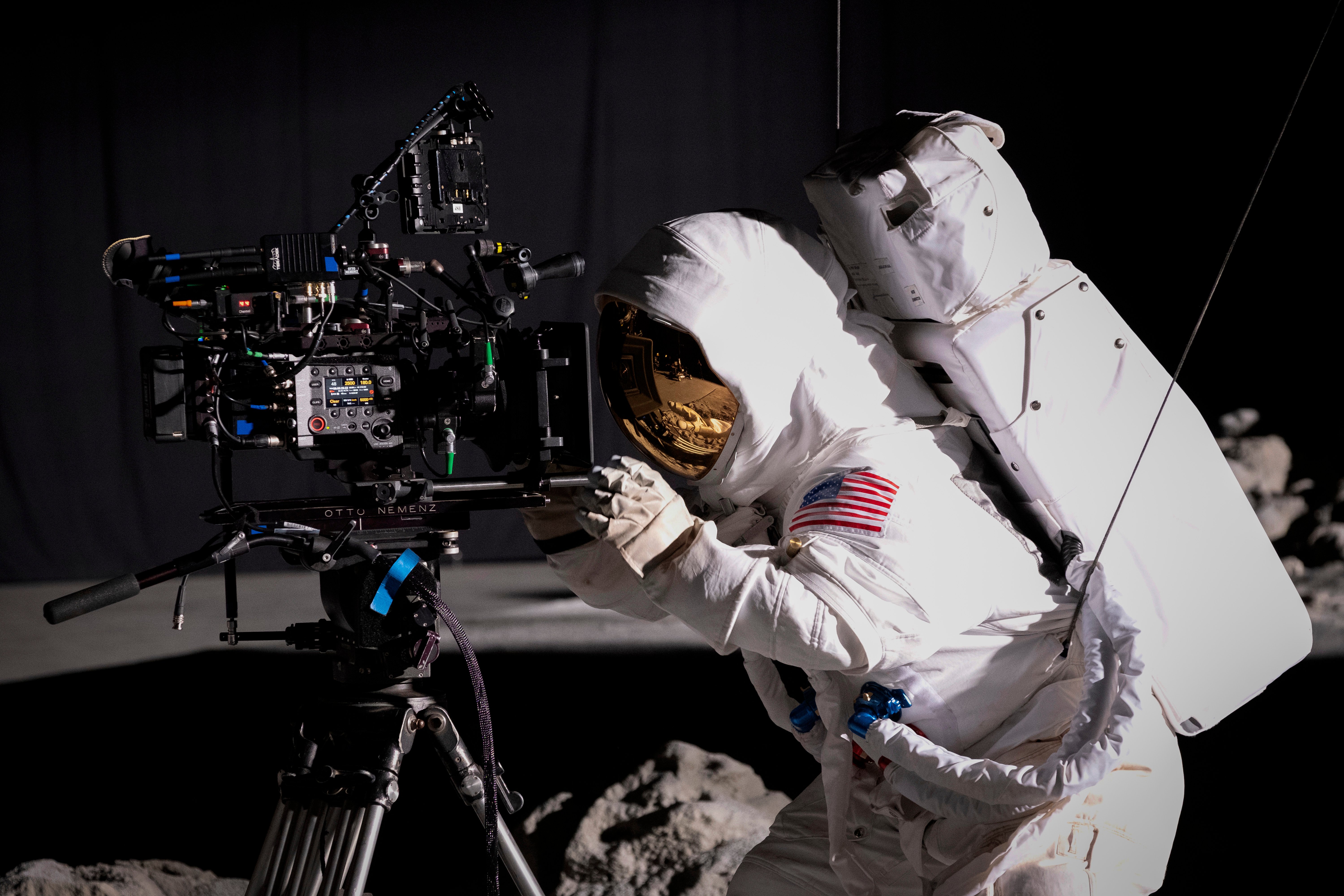
“It’s not that different from shooting a show for HBO or other major cable outlets,” says M. David Mullen, ASC, of photographing the Amazon Studios original The Marvelous Mrs. Maisel. The series takes place in the late 1950s and early 1960s in New York City, and follows Miriam “Midge” Maisel, a housewife who pursues a career in stand-up comedy. “It’s the first show I did that finishes in UHD and HDR, but a lot of cable shows are starting to finish that way, too,” Mullen adds. “The only difference is that all the episodes are released at the same time, so there is a lot of promotion leading up to the release date, and a lot of attention paid as people binge-watch it for the next few weeks, but that attention is not spread more evenly over several months like on a regular TV series.”
The Marvelous Mrs. Maisel is one of Prime Video’s most widely recognized and critically acclaimed originals, having received accolades that include Primetime Emmy, Golden Globe, Peabody and Critics’ Choice awards. For his work behind the camera, Mullen, who shot the pilot as well as the bulk of the episodes across its three seasons, earned a 2019 Emmy Award and ASC Award nomination, as well as Emmy and ASC nominations in 2018.
In regard to the many possible viewing options for the show, Mullen notes, “I don’t see a way of [simultaneously] framing a show for people watching on 65-inch TV sets and people watching on their phones. We don’t shoot close-ups much on the show, but that is more just the way [series creator] Amy Sherman-Palladino and [co-executive producer] Dan Palladino prefer to direct. It’s not due to the wide variety of screen sizes. I think of it like how we watch old movies on TV even though they were made for theatrical projection; it seems to work. Once the language of shot size is established for a movie, you tend to accept it, whatever it is.”
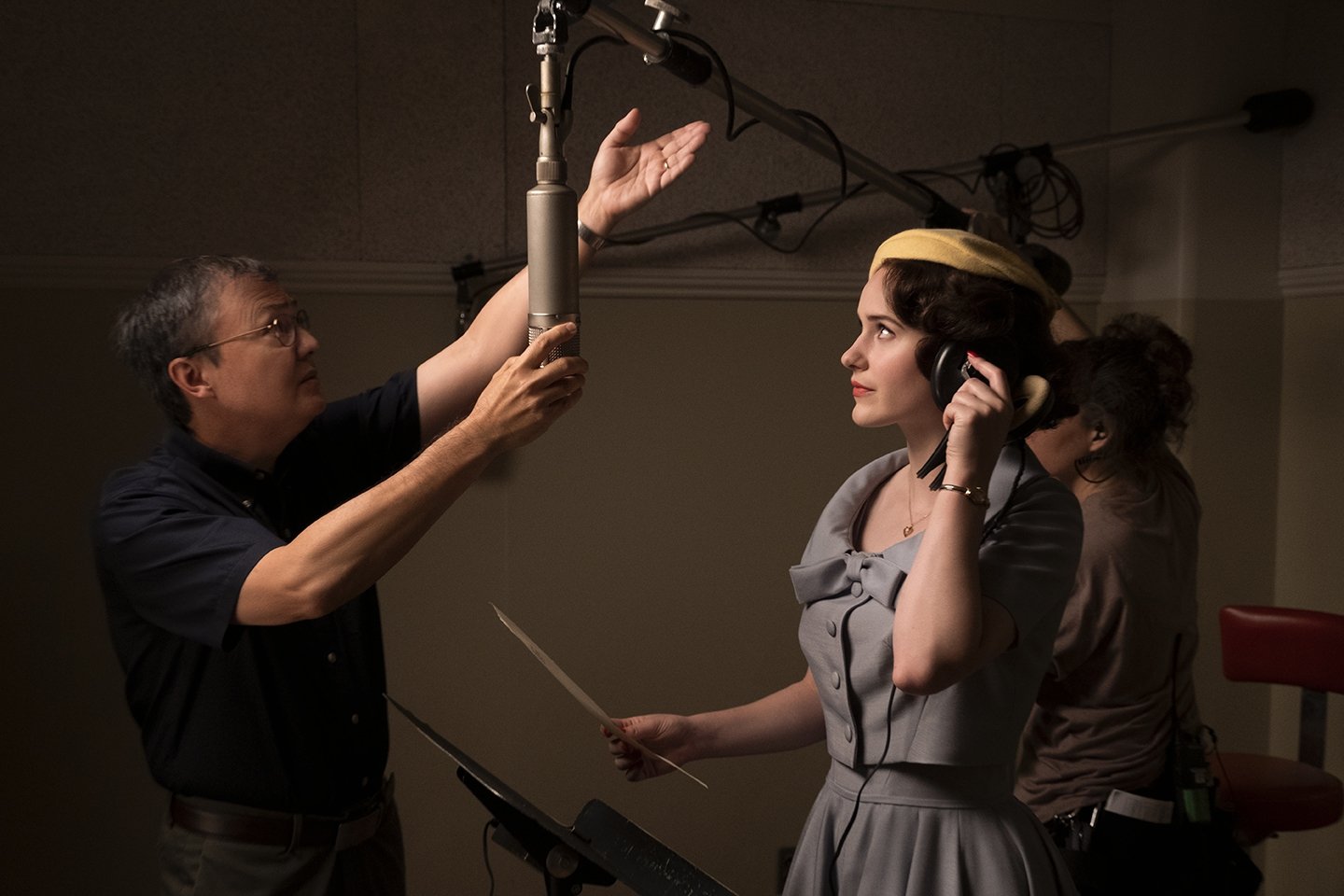
For his work on Season 3, Mullen says that Episode 5, “It’s Comedy or Cabbage,” is his favorite, photographically. It is the first of two episodes set in Miami — a departure from the show’s typical New York City backdrop — which allowed Mullen “a chance to use a lot more blue in the frame, due to the sky and ocean setting in the daytime, and then use very neon colors for the night scenes.”
The episode has a number of unique visual sequences, such as a fictional television show, Miami After Dark, which is an homage to the 1959 variety show Playboy’s Penthouse — as well as a Cuban-nightclub scene that Mullen says was inspired by I Am Cuba (the 1964 Soviet-made movie now considered a milestone piece of filmmaking). “The episode ends with a twilight scene at a waterfront hotel,” Mullen says. “We shot simultaneously with four cameras staged around the hotel so that the magic-hour light would match in every cut.
“I hope there will always be a certain type of narrative-fiction production for television that favors traditional, horizontal, movie-like compositions, even if only for nostalgia. I personally think the art of composition gets seriously diluted when multiple vertical and horizontal aspect ratios have to be delivered for the same project. We fought so hard for years to get theatrical movies correctly formatted for television under the idea that there was one ideal framing that best told the story. I’d hate to see that lost.”
You can hear our AC Podcast episode with Mullen here.
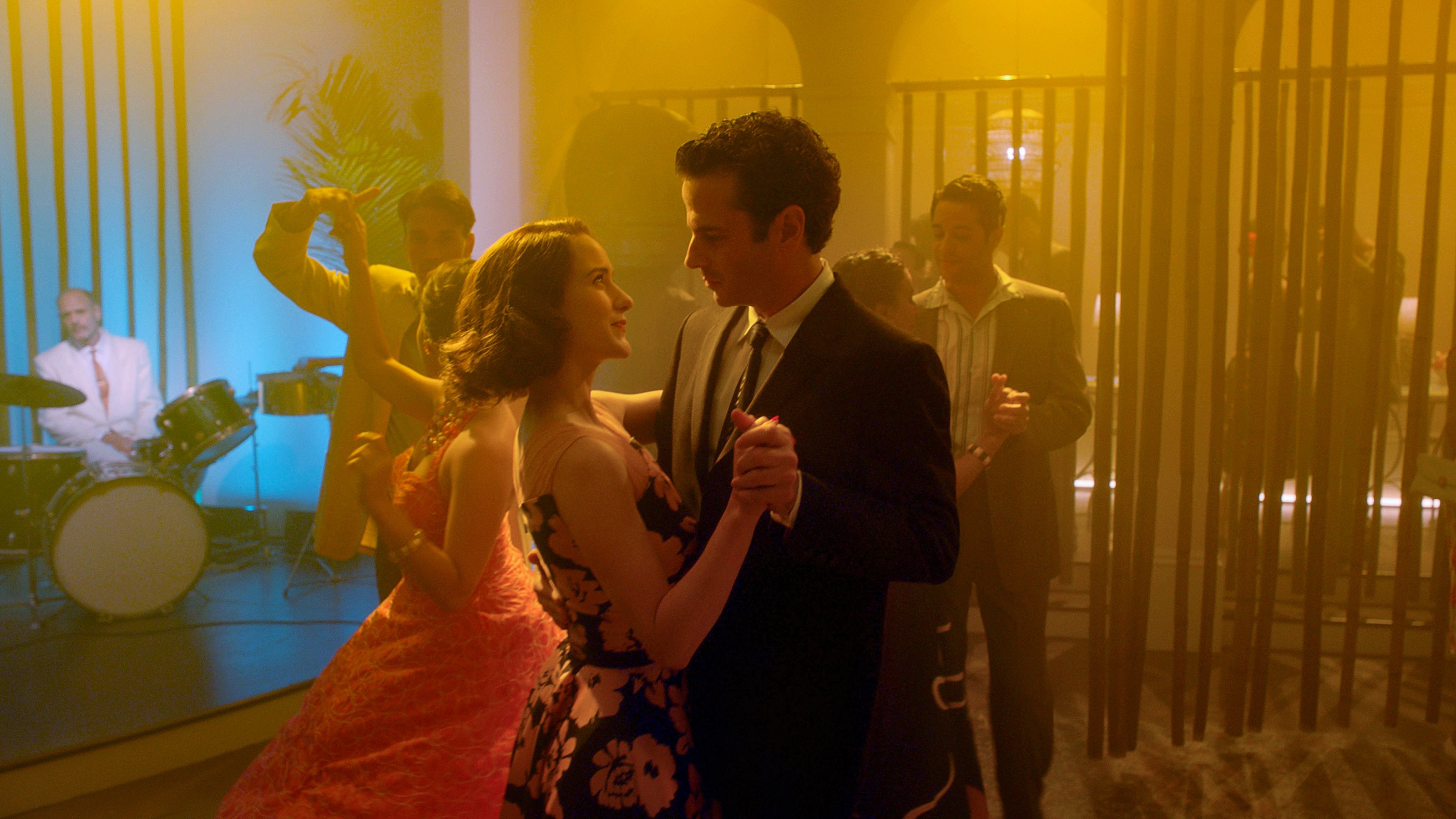
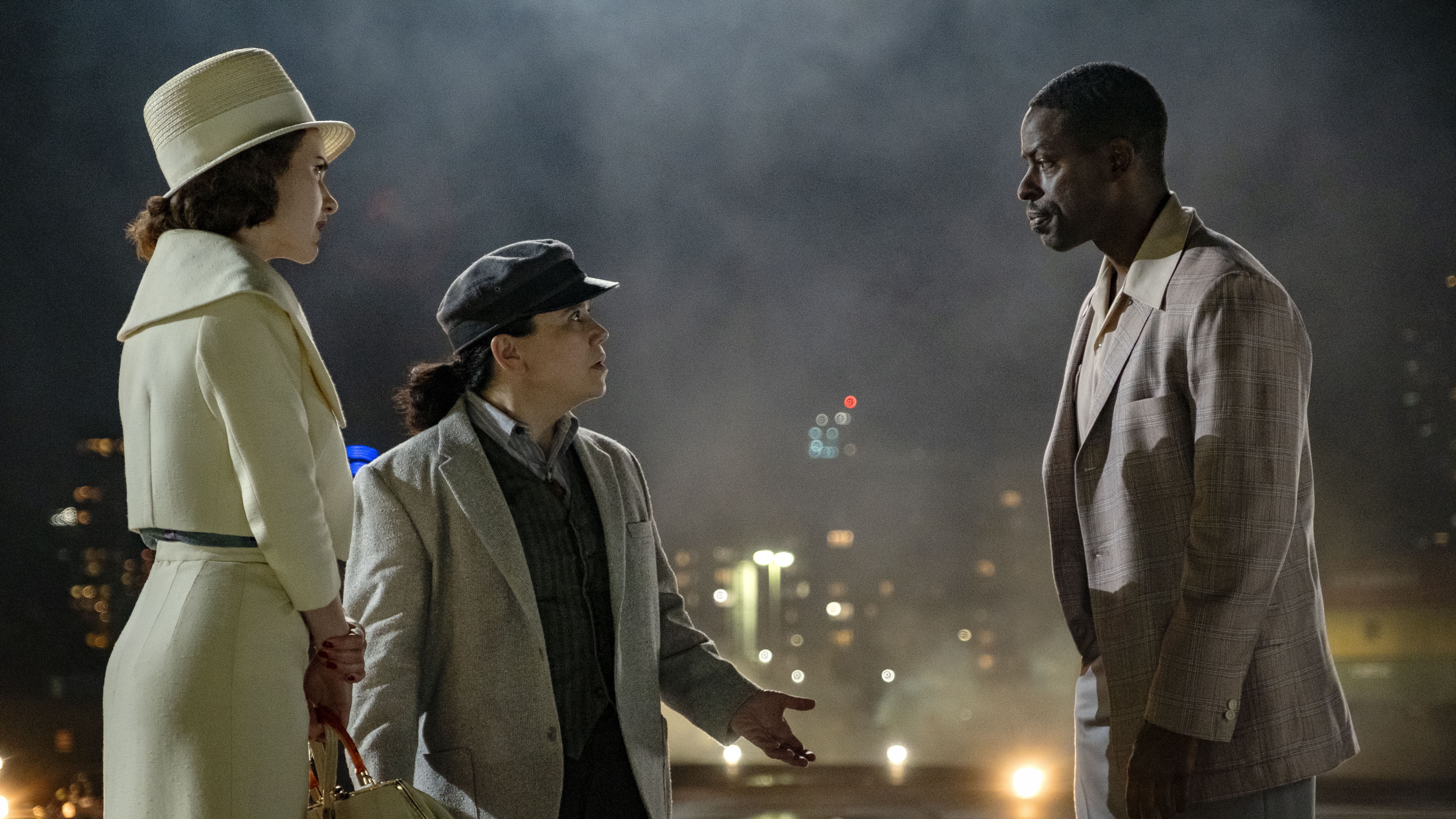
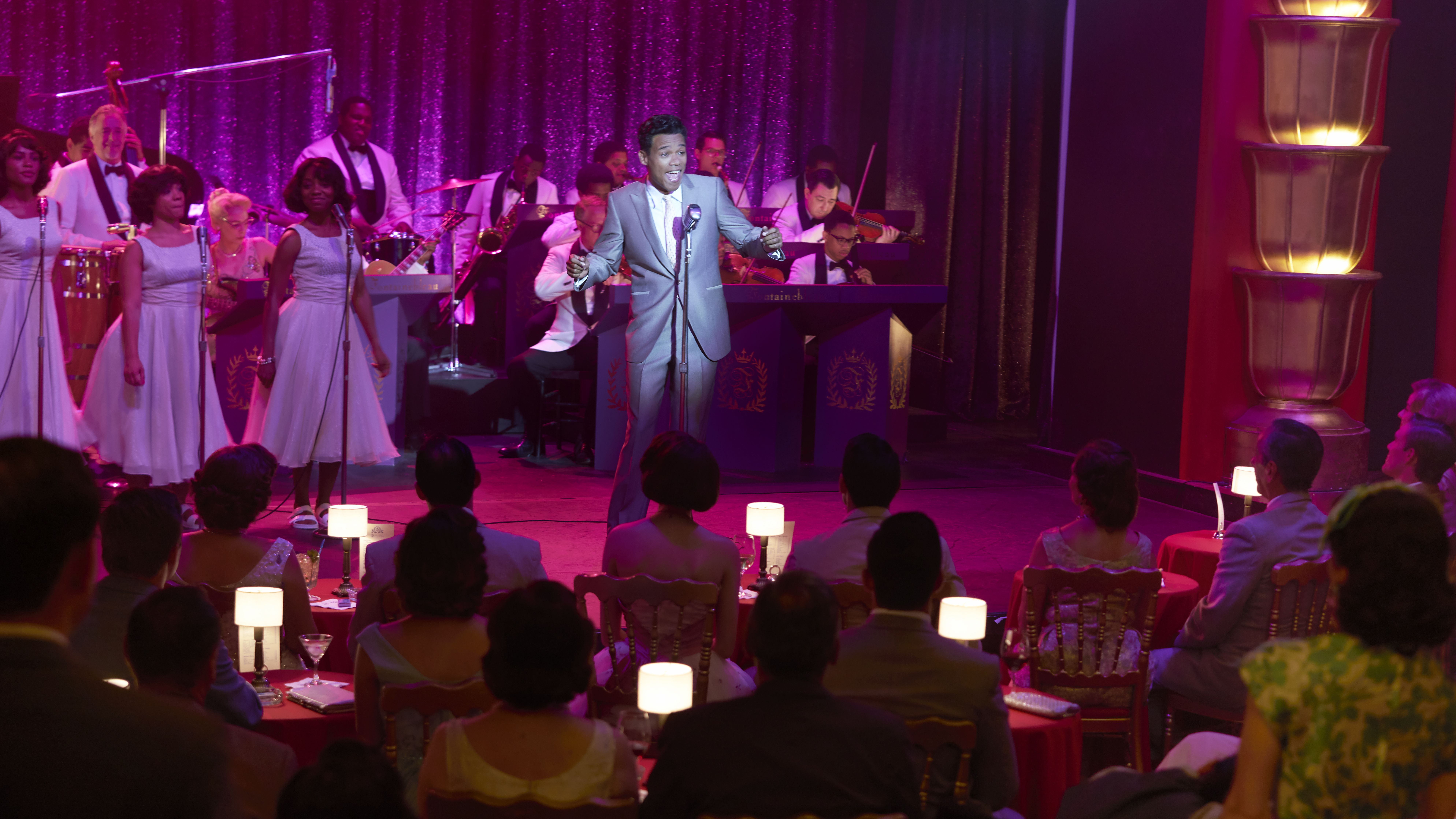
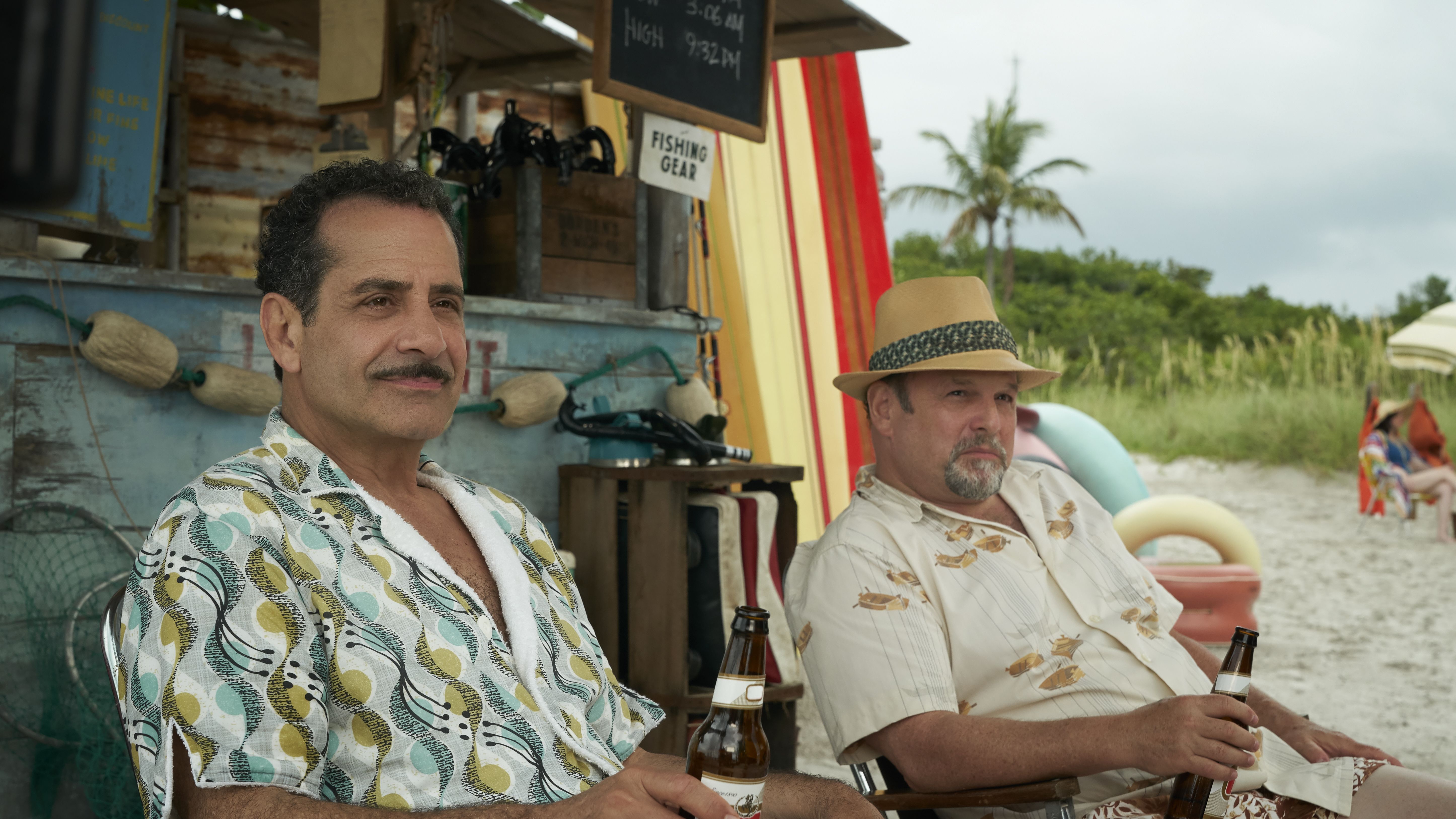
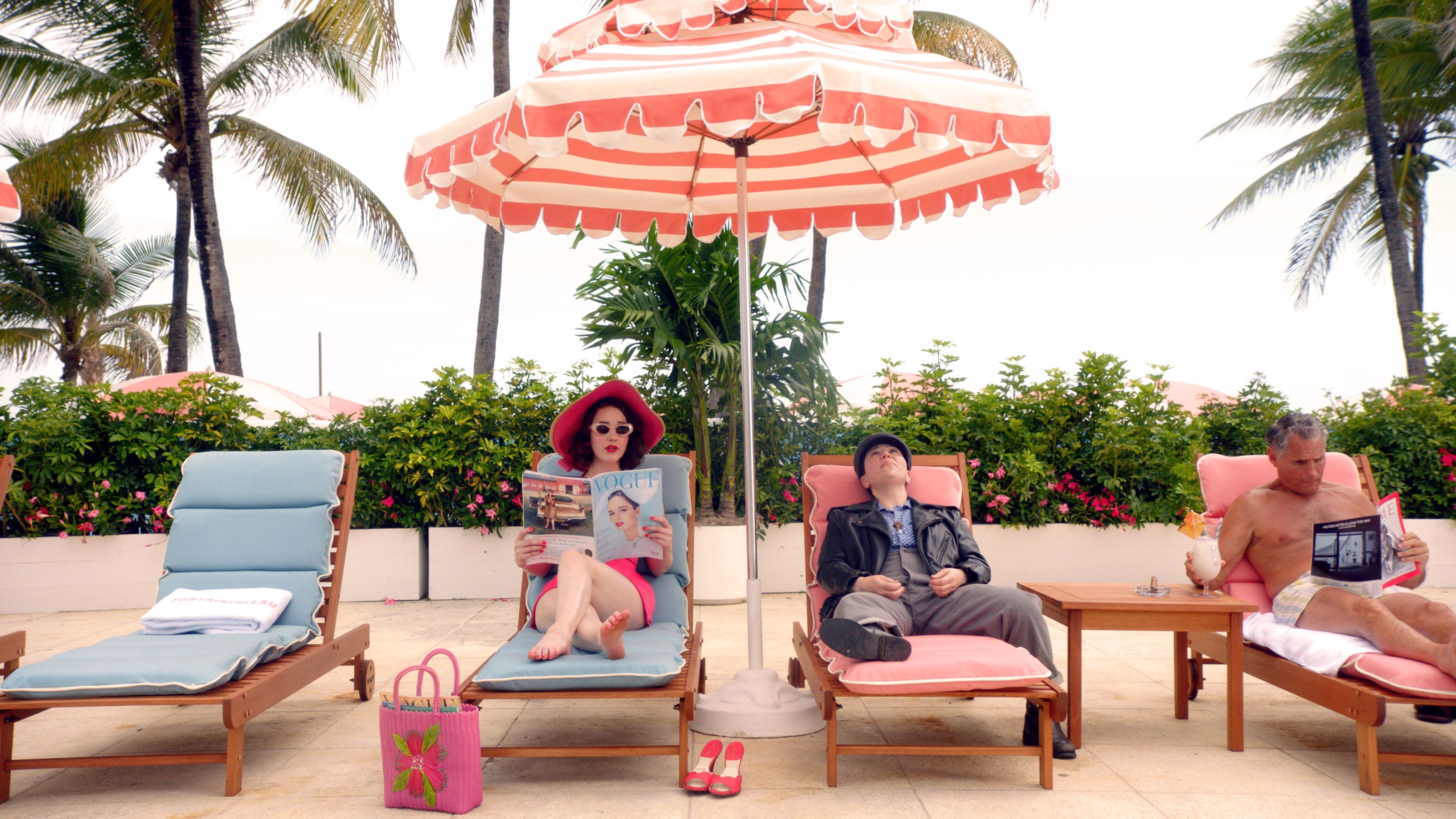
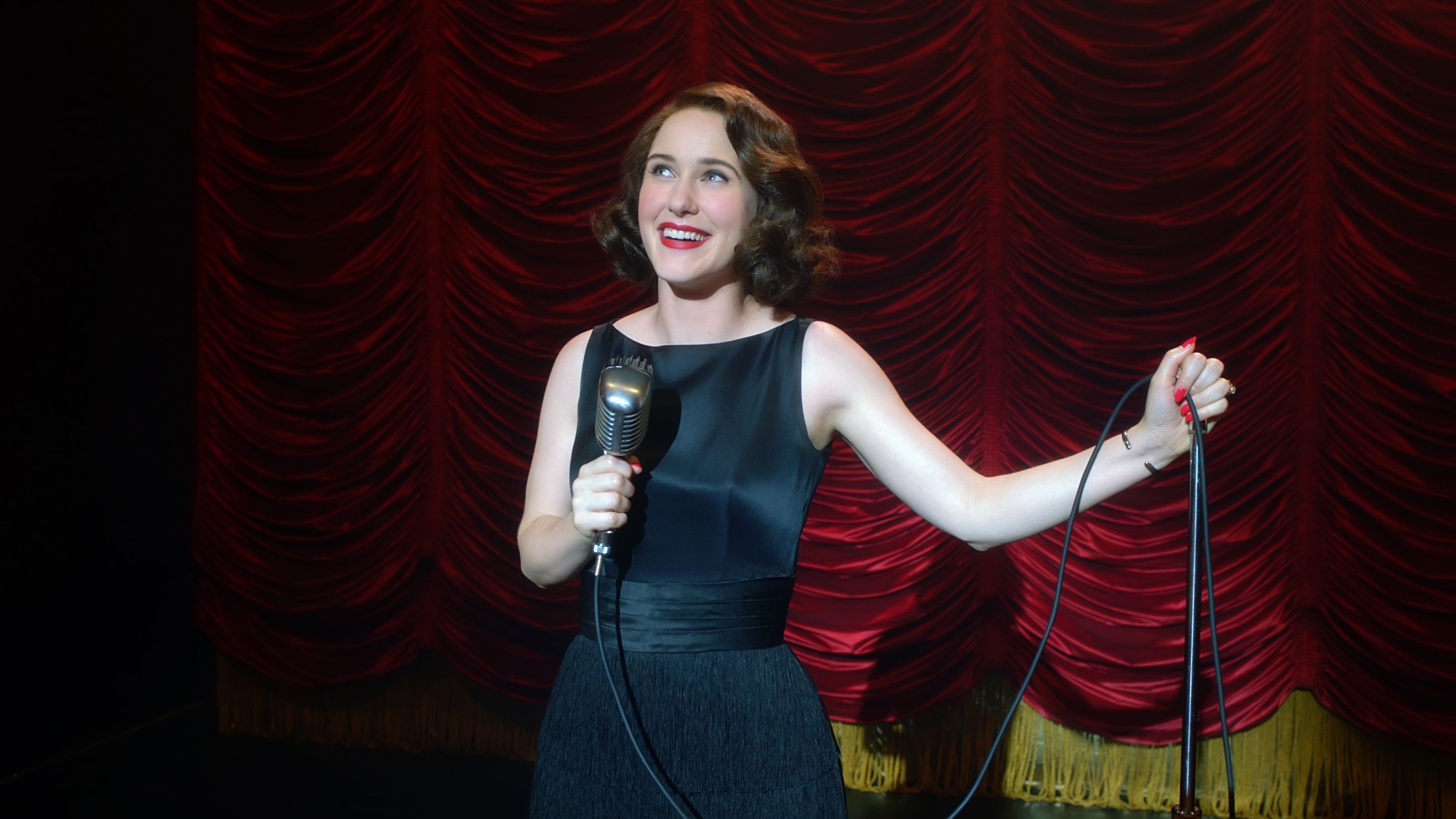
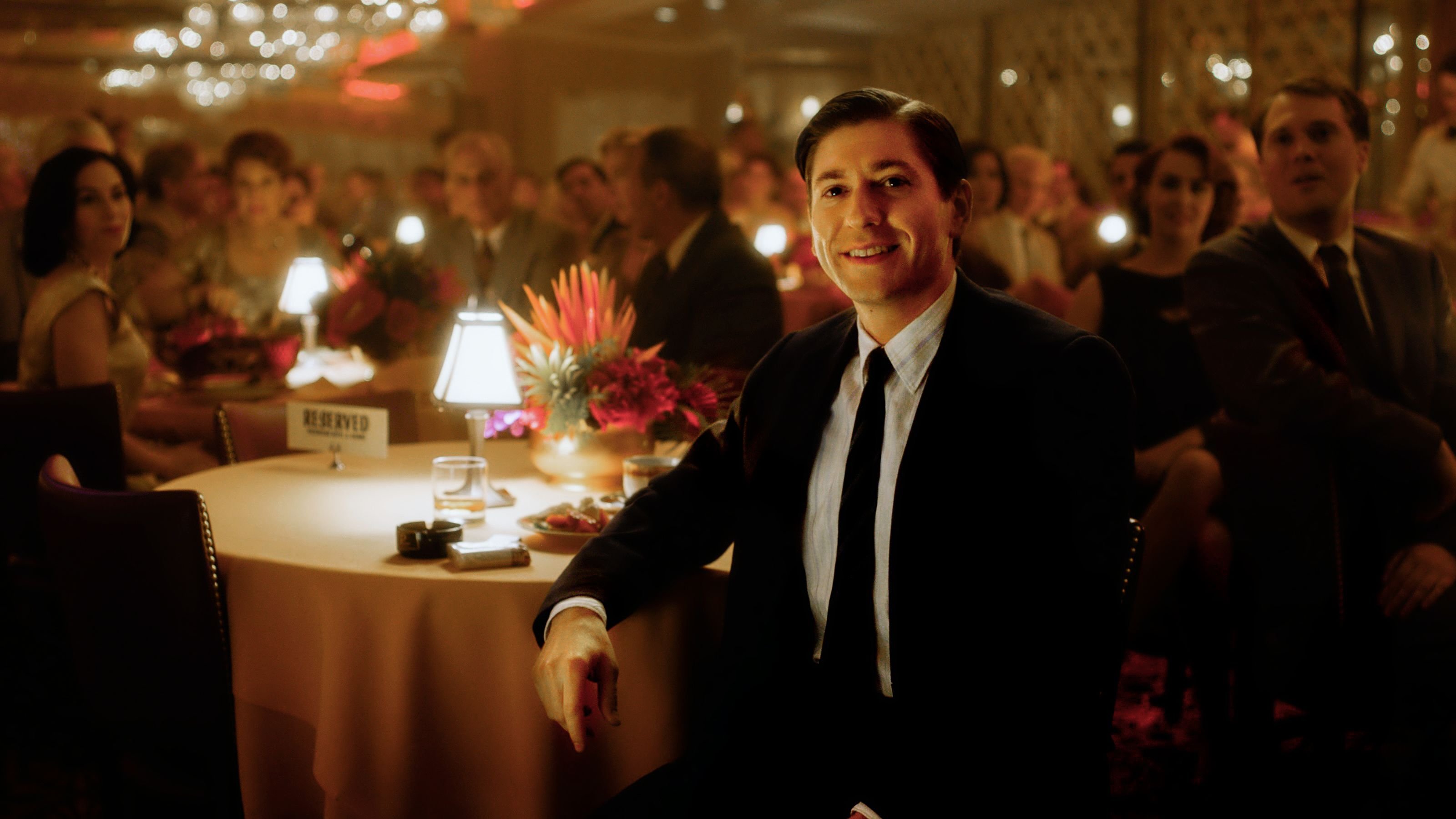

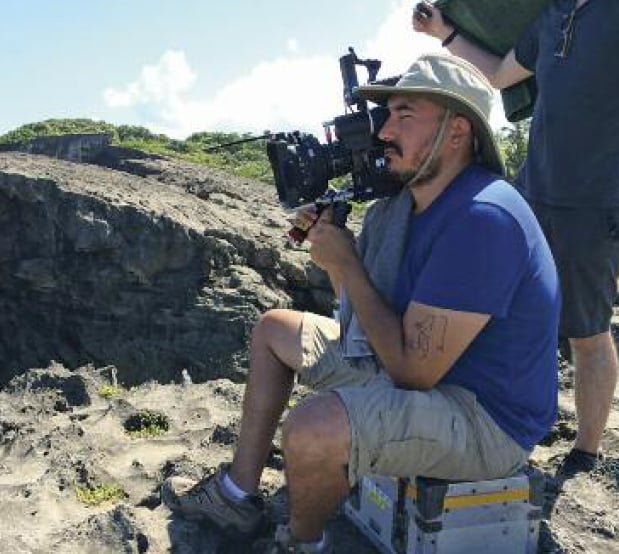
Social-media platforms like Vine, Snapchat and Instagram were the first to figure out the importance of vertical viewing, says Timur Civan, an L.A.-based cinematographer who shoots tabletop content for clients like Tom Ford, Louis Vuitton and Tiffany & Co. He notes that when social platforms started running ads, advertiser priorities shifted with them.
“Television advertising for luxury brands is pretty much gone, because algorithms based on who you follow and what you like do a better job of targeting consumers,” Civan says. Much of his recent work for Tom Ford is specific to China, where the 15-second social-video platform Douyin (known as TikTok in the U.S.) reaches 400 million daily users. Consequently, Civan finds himself prioritizing mobile-friendly aspect ratios like 9:16, 4:5 and 1:1. “Then 16:9, if there’s time,” he adds.
The trick, says Civan, is to capture all of the different aspect ratios in one shot. For high-end work, this requires a digital camera capable of 4K vertical resolution. He prefers the Red with a Monstro or Helium sensor, making use of the 1.78:1 8K HD mode with its effective 7680x4320 resolution.
“I use a 5K or 6K frame guide for 16:9 and a full-height 9:16 guide,” he explains. “It compromises my framing the least, and gives me a 4K vertical extraction and a minimum of 5K on the horizontal.” The frame lines overlap in a cross formation, sacrificing corners to make extractions from the middle.
When using a smartphone to text, talk, or browse social media, people typically hold the device in the vertical orientation. And according to mobile-advertising firm MediaBrix (as reported by “explainer video” production house Breadnbeyond), when users don’t have to rotate their device horizontally to watch a promotional video, those videos see a higher rate of completion. And though there’s a clear difference between watching a vertical ad or social video on TikTok or Snapchat and watching a widescreen feature on Netflix or Amazon, social platforms command wide attention and influence user behavior — making this viewing preference a necessary part of the streaming-content conversation. As a result, more production companies, news agencies and direct-to-consumer digital media platforms are experimenting with the vertical format.
The biggest industry commitment to integrating a vertical component into filmmaking arguably came with the April 2020 launch of Quibi — originally intended as a mobile-only streaming service — that offers original narrative and unscripted series in “quick bites” of 10 minutes or less. When viewers rotate their device, Quibi’s app uses a technology called “Turnstyle” to dynamically switch between concurrently downloading horizontal and vertical video streams. In an interview with The Verge ahead of Quibi’s unveiling at CES 2020, founder Jeffrey Katzenberg called this “the third generation of film narrative.”
Though Quibi has since announced plans to allow viewing of its content on compatible TVs, the service’s mobile-viewing raison d’être remains. High-level filmmakers and A-list casts collaborating on productions specific to mobile devices is a concept that’s just now taking shape, and AC sought the perspectives of cinematographers working on these heretofore unconventional projects.
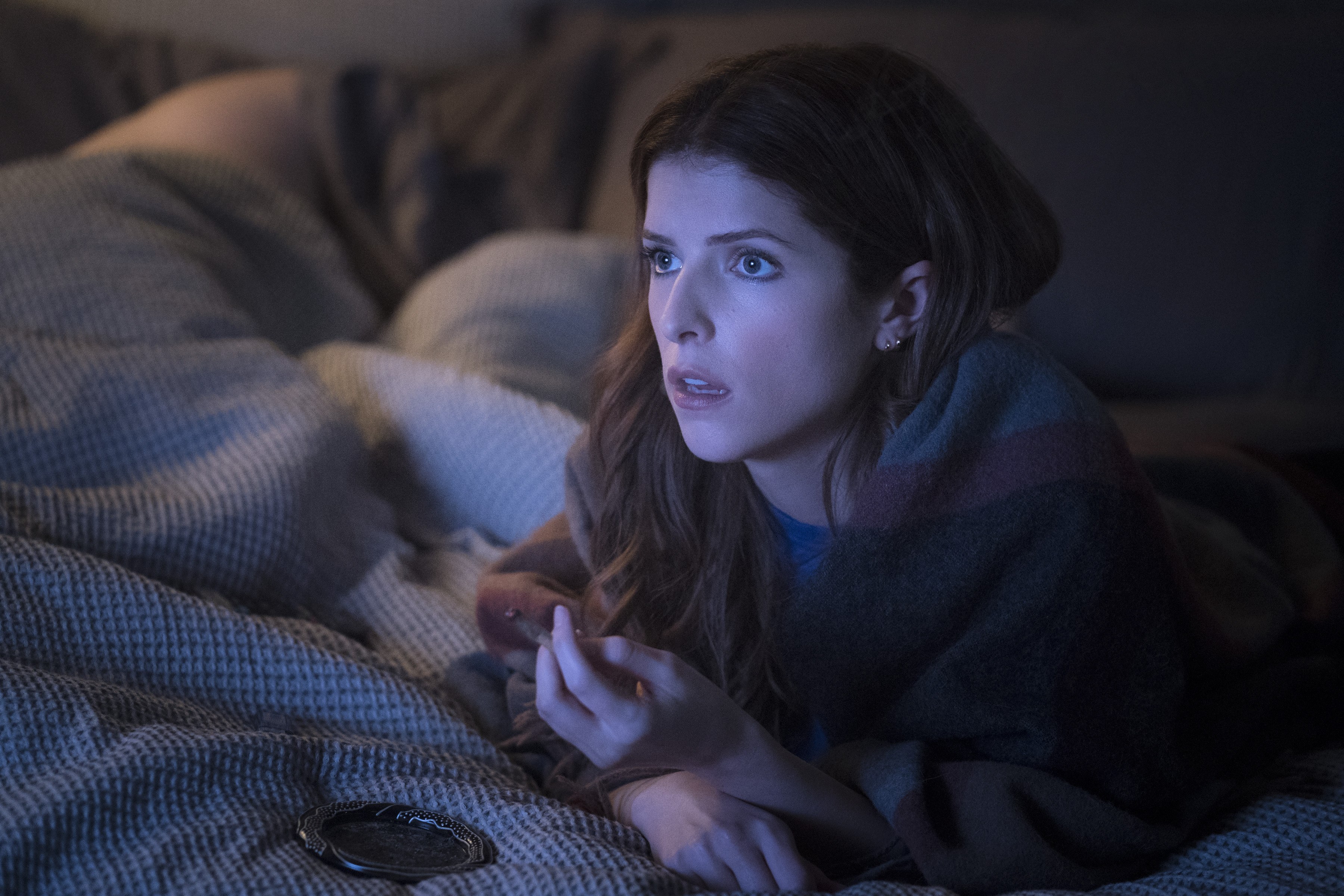
Dummy, the first scripted show Quibi put into production, follows an aspiring writer (Anna Kendrick) who befriends her boyfriend’s sex doll. “They showed us some in-house camera tests and shared their best practices for how to shoot two aspect ratios at once: Keep the cameras horizontal, frame for 16:9, shoot wide and crop-in in post,” says cinematographer Catherine Goldschmidt, whose credits include Doctor Who and additional photography for Spider-Man: Far From Home. “My approach was to frame for a square, then take both aspect ratios out of that. Since both frames have the same dimensions and resolutions, a medium close-up stays a medium close-up. A two-shot can stay a two-shot, essentially.”
Goldschmidt shot Dummy with two Sony Venice cameras — capturing X-OCN LT/ProRes 422 — and Panaspeed and modified Primo 70 primes rented from Panavision Woodland Hills. The Venice was chosen for its 6K sensor’s 4K vertical resolution in the 3:2 full-frame mode, so lenses didn’t necessarily have to cover the full width, just height.
“My first instinct was that our frame lines should be common top,” Goldschmidt recalls. “I scouted with [a Chemical Wedding] Artemis Prime viewfinder — which allows you to draw multiple custom frame lines — and realized that with a common top, the 9:16 composition showed too much floor, so I offset the frames into a kind of ‘crucifixion’ orientation. We couldn’t take it for granted that we’d never see the floor, but it was an improvement when it came to balancing the vertical frame.”
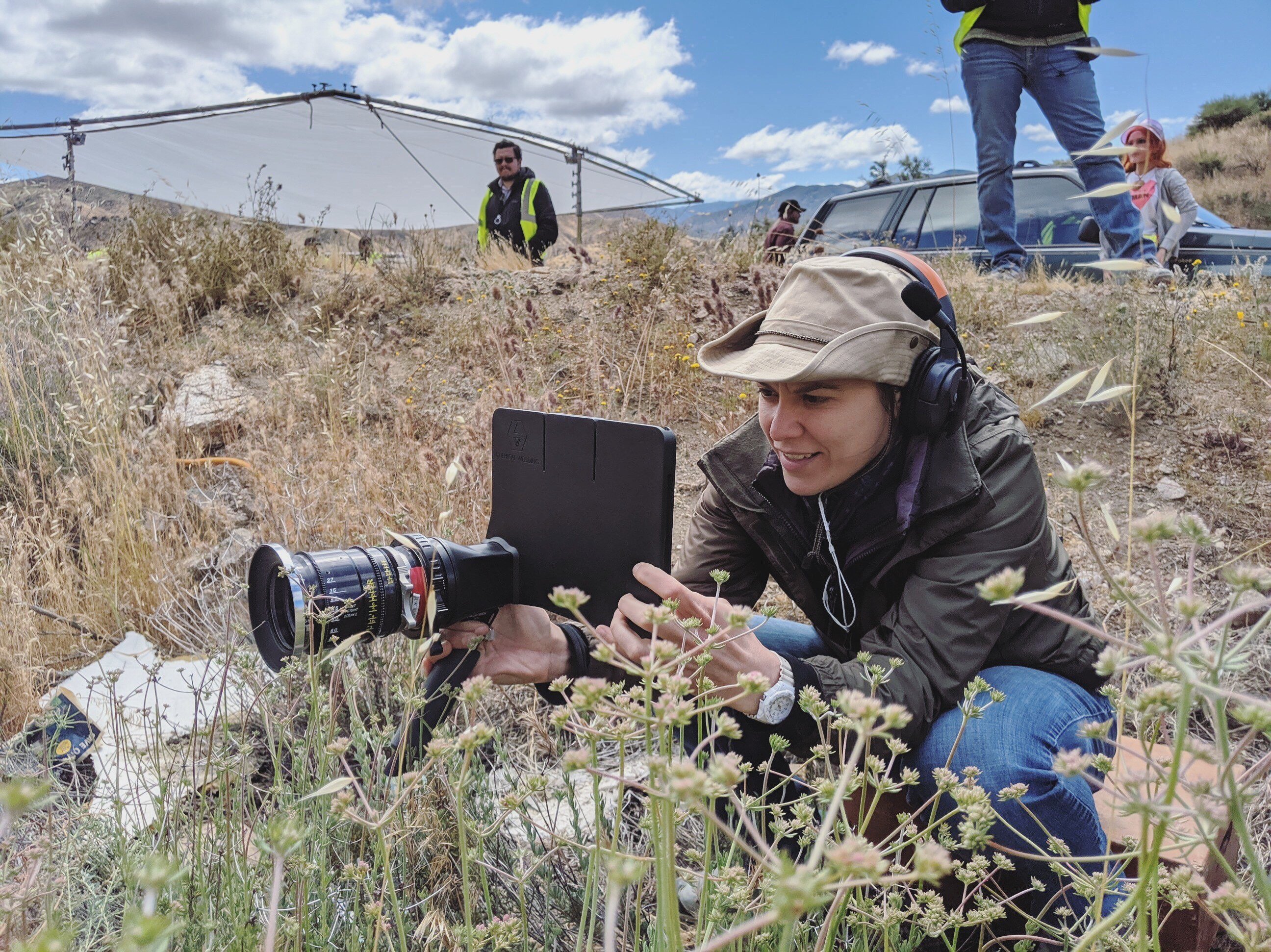
As the Sony Venice firmware supported a maximum of two frame lines, DIT Peter Brunet ran each camera through a Convergent Design Odyssey7Q to generate the necessary guides, then back to the camera for operators Brian Freesh and April Kelley.
Goldschmidt and director Tricia Brock checked the cropped frames on 7" monitors to emulate the experience of watching the show on a mobile device. Quibi requests UHD 3840x2160 and 1080x1920 deliverables, and Dummy was able to provide 4K assets in both orientations. Light Iron handled the dailies and final color workflow.
“Editor Lee Haugen [would find] what we were looking for in the vertical, and when he didn’t, I worked in the grade with Nicholas Hasson at Light Iron to make the framing right for both versions,” the cinematographer says. “The grade was designed to work for both versions, but we had to see how the different framing would affect our perception of color and the parts of the frame that we hadn’t seen before.”
“A lot depends on the story you’re telling,” adds Goldschmidt. “I can’t imagine making the same framing choices for, say, a nine-person ensemble cast. Luckily, Dummy is mostly a two-hander, a buddy comedy about a woman and a sex doll. That fact alone made framing for the vertical aspect ratio easier, but it was still something that kept us up at night.”
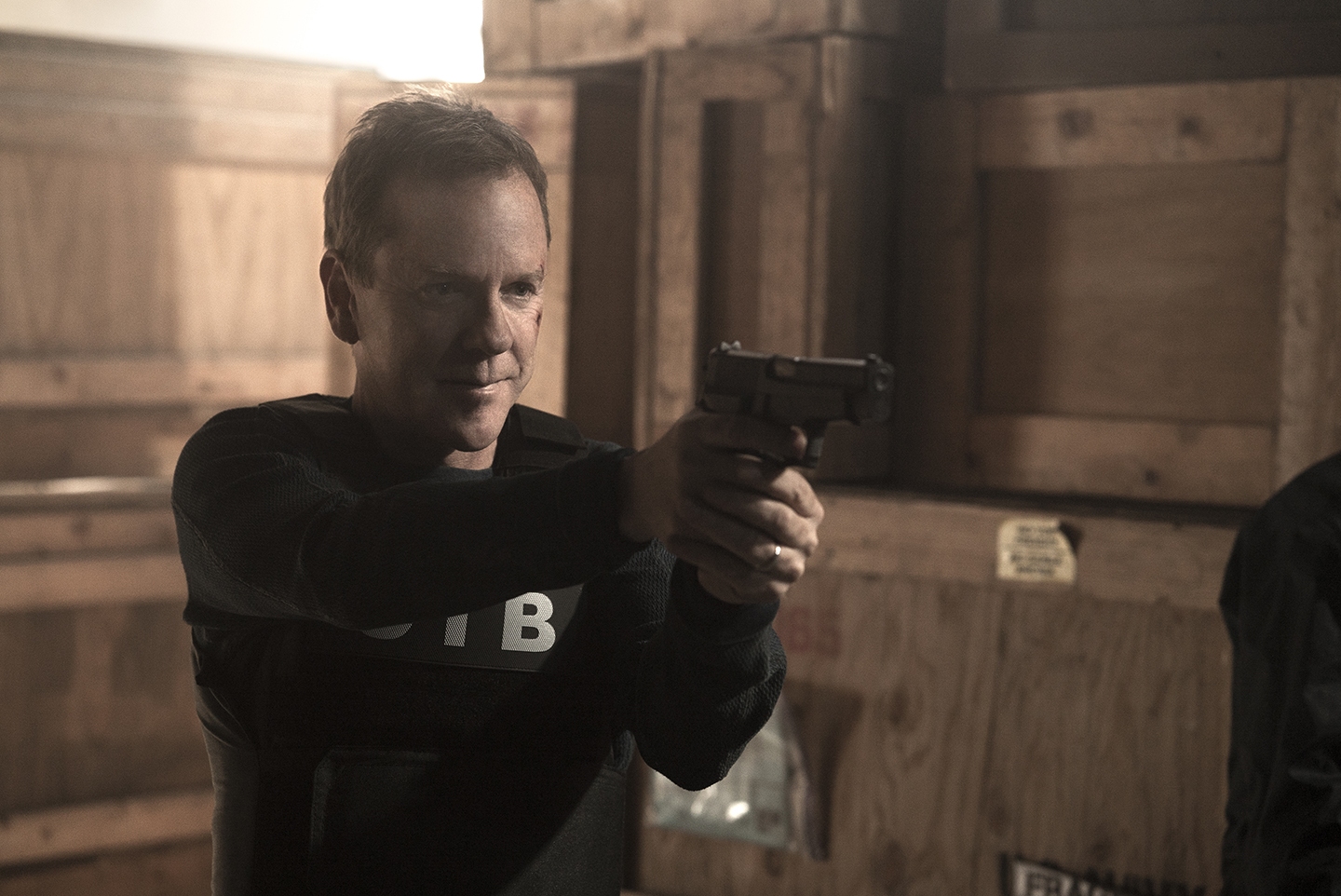
Remarking on The Fugitive — a show that tracks wrongly accused Mike Ferro (Boyd Holbrook) and his action-packed effort to evade apprehension by LAPD Detective Clay Bryce (Kiefer Sutherland) — Peter Levy, ASC, ACS notes, “I didn’t realize that Quibi was exclusively for the phone when I took the job, so I planned to shoot it like I would anything else for television: 1.78:1, using wider lenses when I could.” Once he learned of the mobile priority, he opted to put a premium on “composition and contrast,” he says, rather than on delicately lit scenes and shallow depth of field.
Reuniting with director Stephen Hopkins, with whom he worked on 24, Californication and many other projects, Levy shot The Fugitive primarily with two — sometimes four — Arri Alexa Minis capturing 3.2K ProRes 4444 XQ with Cooke S4 (T2) primes and various Angénieux Optimo zooms from Otto Nemenz in Los Angeles. “Because it’s a chase movie between two people, we wanted the camera to feel participatory and designed around the characters’ perspectives,” he notes, “so we didn’t allow the camera to be observational. Wide lenses were preferred.”
Depth of field was set between T2.8 and T4. “My eye just seems to settle around those light levels,” Levy says. “I’m not one for trying to get different looks with different lenses. I’d rather do it with lighting and contrast.
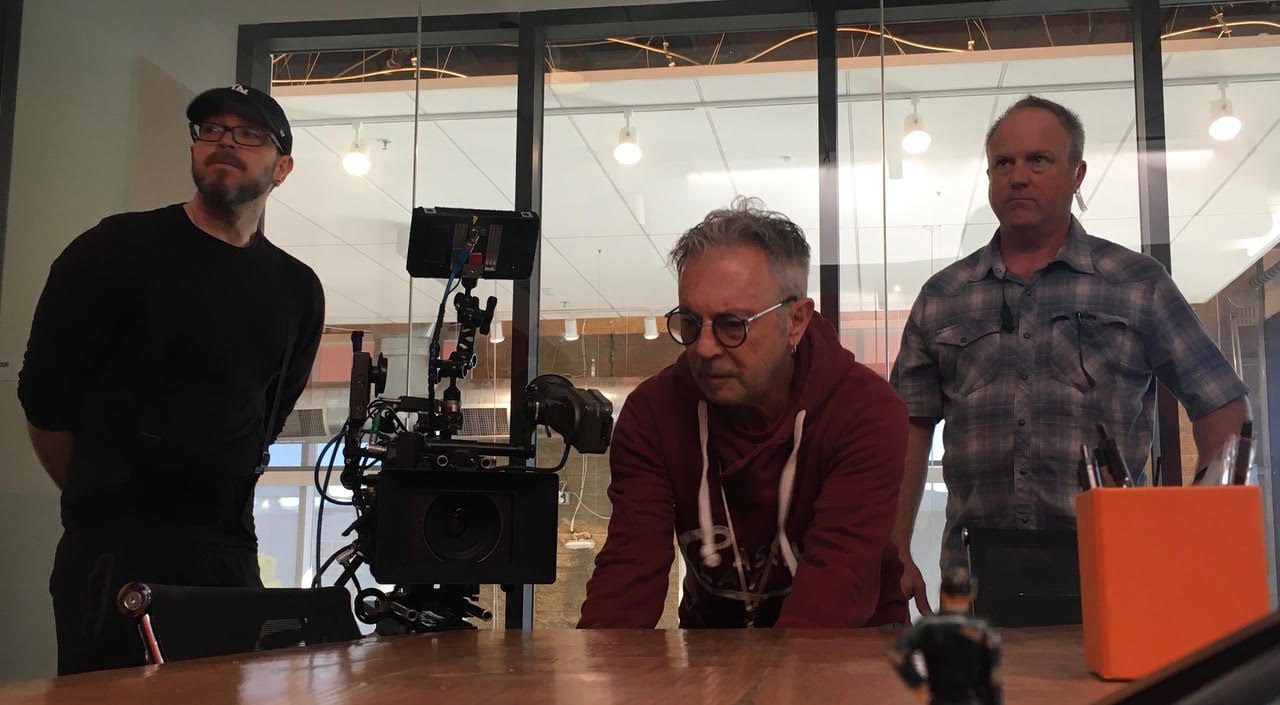
“It was a fast-moving production, three to four locations per day,” adds Levy, who lit the show with gaffer Jeremy Graham. “It had to be bold, simple and quick. We used single sources wherever possible.”
Levy developed an “aggressive bleach-bypass-style” LUT with Roundabout colorist Joe Cook and color scientist Jerome Dewhurst, which lends the image a grayish, desaturated look, with solid blacks, clipped highlights and a steep contrast curve.
Production designer Craig Stearns gave each set its own signature color, so that the audience could stay oriented as the action cuts back and forth between locations. Colors were selected on the basis of contrast values — e.g. reds versus blues — and enhanced in post. Levy notes, “We really pushed the intensity of the color, knowing that the LUT would desaturate it. In the color suite, we could easily isolate those strong colors and then desaturate them further. My desired look was black-and-white, plus a flesh-tone and one other color.”
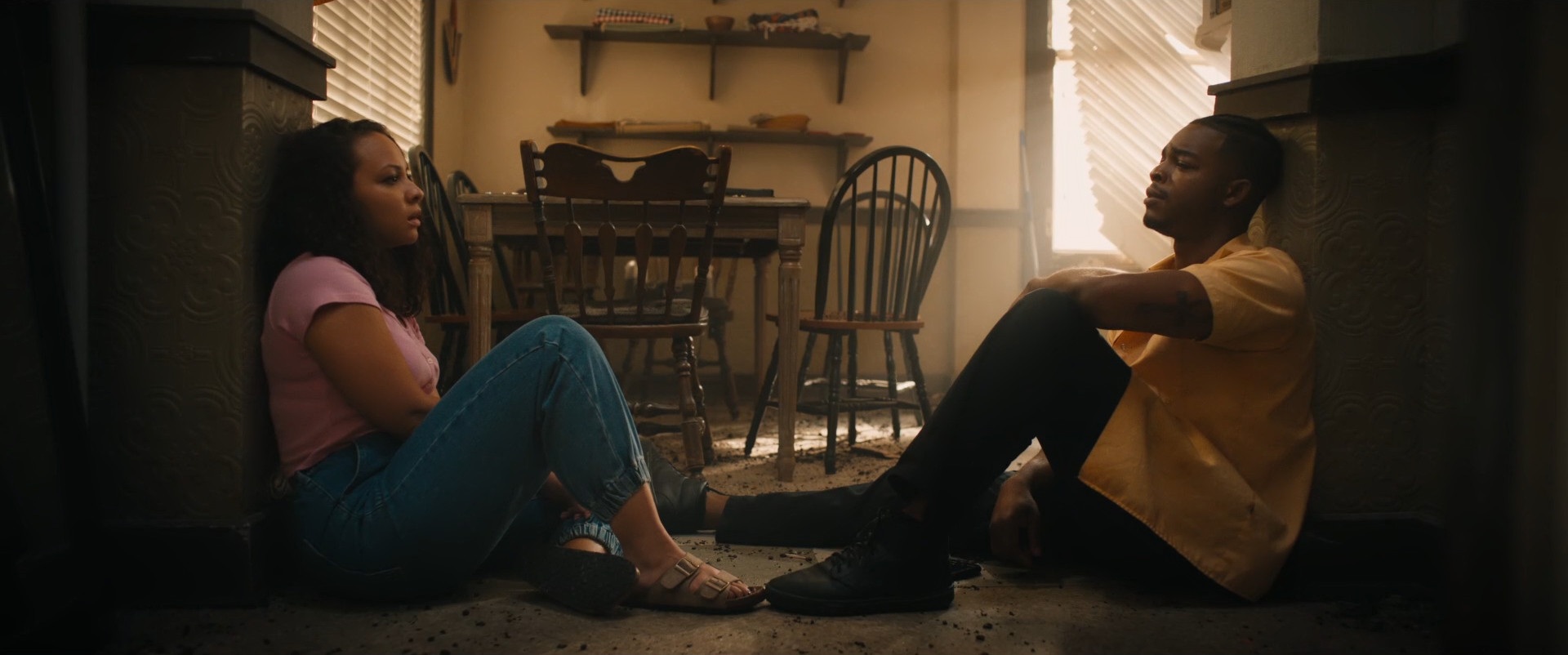
#Freerayshawn director of photography Maz Makhani reports, “The first thing I suggested was to shoot the horizontal and vertical separately and simultaneously, rather than panning and scanning. But it wasn’t possible because [executive producer] Antoine [Fuqua prefers a] multi-camera [shoot]. We would have ended up with six operators on set.” Makhani and Fuqua reteamed for the Quibi show after working together on What’s My Name: Muhammad Ali.
#Freerayshawn follows an Iraq War veteran, Rayshawn (Stephan James), who finds himself in a showdown with a New Orleans SWAT team, and tries to talk his way out of the situation with the help of a sympathetic officer (Laurence Fishburne).
Makhani estimates that 60-70 percent of the production is set in Rayshawn’s apartment — a modest, low-income building. “The bathroom and kitchen were small,” the cinematographer says. “We went with one camera for both frames.
“I wanted [#Freerayshawn] to look cinematic on a phone, so we shot wide open and used wide lenses to make it feel like you’re closer to the characters,” adds Makhani, noting that close-focus diopters were used with the Leitz primes for an added sense of dimension. Shooting this way, he saw that when a vertical shot was framed from the waist or chest up, like a portrait, “it felt almost better than a horizontal frame, where framing wider for the vertical created too much floor and headspace. By shooting with a high-res image, the editor could punch in and tell the story the way they wanted to.”
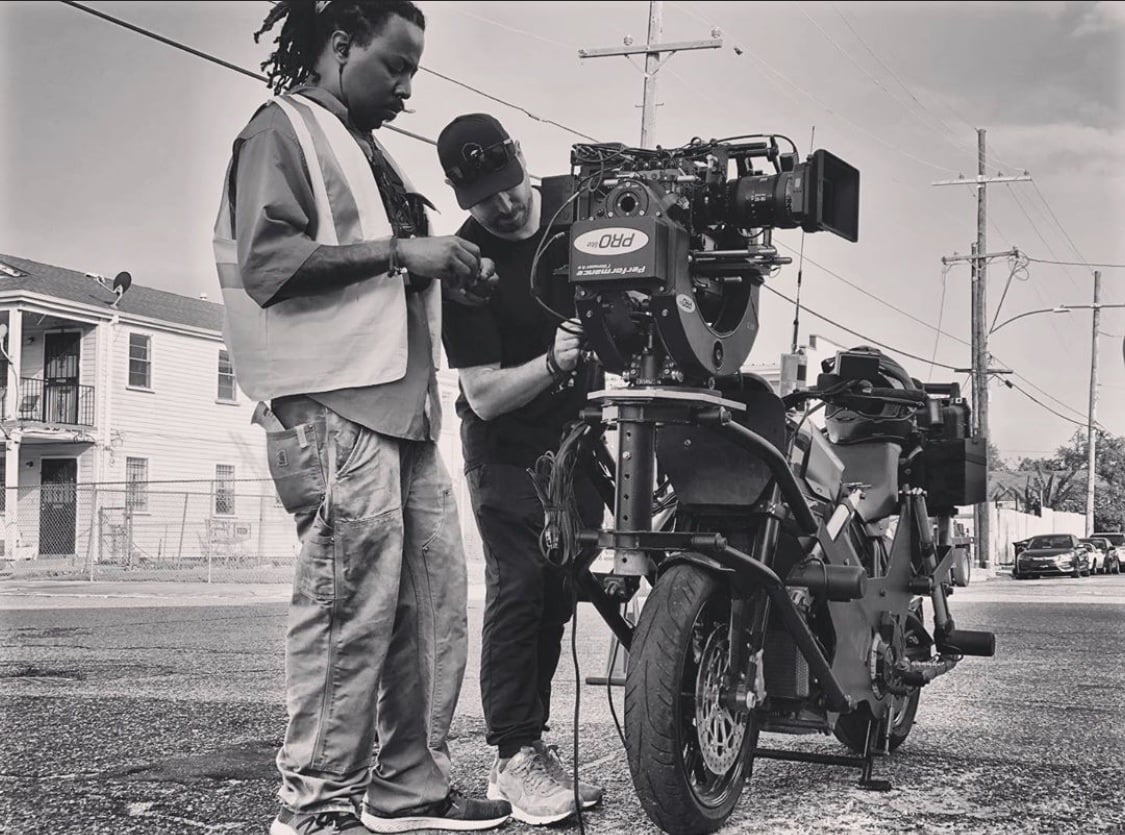
Makhani and director Seith Mann made the decision to shoot with Sony Venice cameras from Keslow Camera in full-frame 6K 3:2 X-OCN XT, from which 16:9 horizontal and 9:16 vertical aspects were pulled. “I shot a bit wider than I normally would to give [editor Jim Page] more to work with in post,” says Makhani, who used a combination of Leitz M 0.8 and Sigma (T1.5) primes, a Century/Nikkor 300mm (T2.8) telephoto lens, an Angénieux Optimo 24-290mm (T2.8) zoom, and Canon zooms.
The color grade was performed by senior colorist and ASC associate member Stefan Sonnenfeld at Company 3 in Los Angeles, with Makhani supervising the 16:9 sessions.
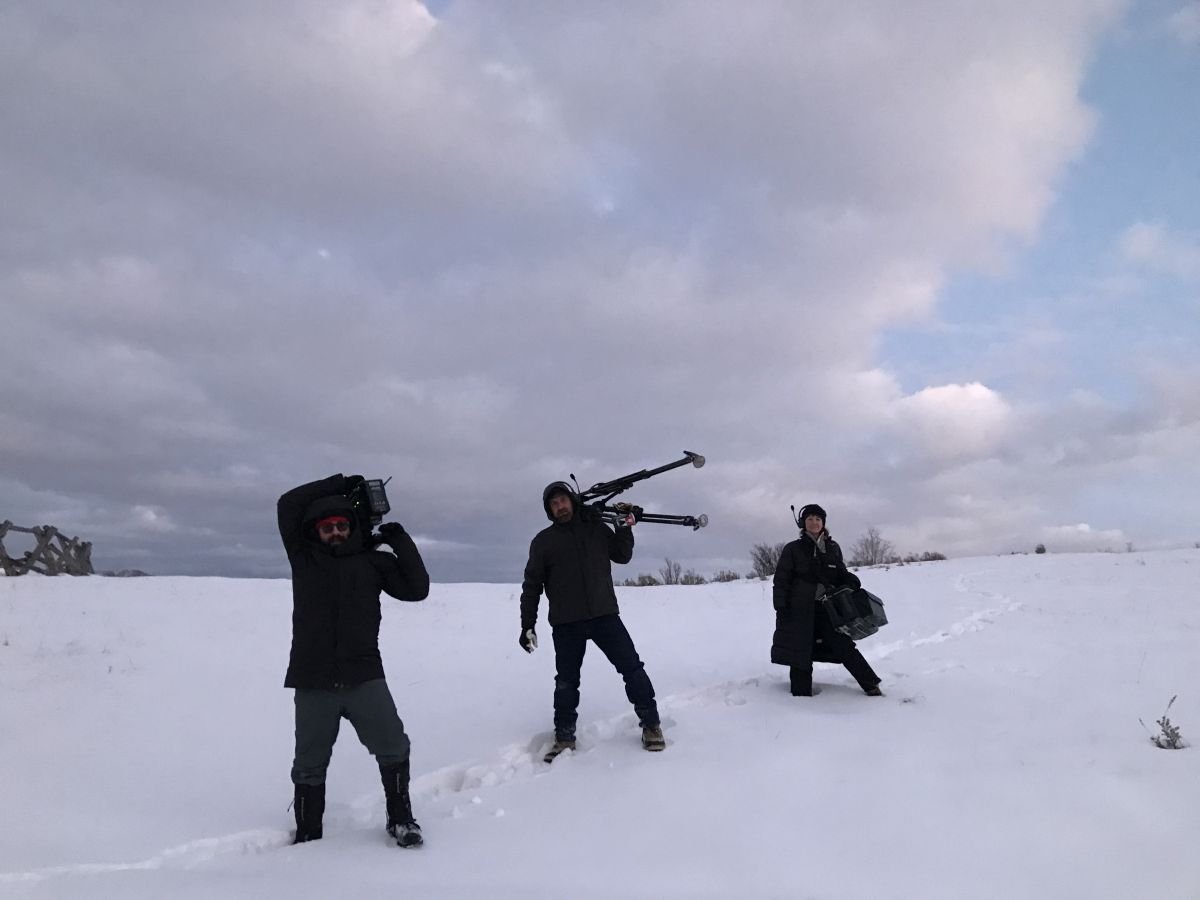
Wireless, shot by Nicholas Wiesnet — about a college student (Tye Sheridan), trapped in his SUV after an avalanche, whose only hope of rescue is his dying smartphone — uses the Turnstyle feature in an interactive way. In 18:9, the story is told through an objective lens, while 9:18 shows the viewer what’s on the main character’s mobile screen. Executive producer/director Zach Wechter took a similar approach to the 2019 short Pocket, which he directed with Mishka Kornai, a 2013 ASC Student Heritage Award winner. It’s an inventive use of the feature, with viewers given hints as to when they’ll want to switch to vertical.
Wiesnet, whose CV includes features, commercials and numerous music videos, shot the horizontal elements with a Sony Venice, capturing X-OCN XT in full-frame 6K 3:2 mode while composing 2:1 with Canon K-35 primes rented from Keslow Camera in Los Angeles. “We used a locked-off approach for the cinema footage,” he says. “We didn’t want to disorient the audience when they’re switching back and forth between perspectives, and it provided an unforgiving contrast to the loose, intimate, handheld perspective of the character’s phone.”
Wiesnet relied on the 55mm and 85mm primes for much of the shoot, setting his exposure between T5.6 and T11 in the pre-crash scenes “to resolve the backgrounds as much as possible on more compressed focal lengths.”
Cues for viewers turning their device vertically were incorporated into the action: When a text message comes in, or when Sheridan is small in the frame with his back to the camera, viewers can rotate their screen to see what he’s doing. It would be difficult to watch the whole film in one mode and still understand what’s going on, says Wiesnet.
A second-unit “Vertical Asset Department” — comprising directors Mishka Kornai and Dan Carr, and iPhone technicians Stephen Tyler and Sho Schrock — was always within signal range with its own devices, initiating FaceTime calls between characters and sending texts “all in real time,” Wiesnet says. Viewers can keep an eye on the phone’s waning battery life, which serves as a built-in countdown clock for the action.
Vertical elements were shot separately — for blocking and lighting purposes — and some of them were generated by Sheridan himself, who operated a 3D-printed “tri-phone” rig that overlaps the cameras and screens of three iPhone 11 Pros. (The device was patented by Wechter and Kornai’s smartphone-filmmaking collective, Pickpocket.) “The first phone was for the actor interacting with the phone [recorded with screen capture], the second phone recorded the forward-facing [selfie] camera, and the third phone recorded the rear-facing,” explains Wiesnet. “We used a bi-phone rig, too, when the rear-facing camera was not required, and sometimes we used just a single phone for screen capture when we recorded the cinema footage simultaneously and could see the phone in shot.” In all, the production used 20 iPhones.
Filmic Pro and an 18mm Moment lens were used to capture video from the phones’ front and rear cameras in 4K Filmic Extreme. As of iOS 11, a screen-recording feature comes built in. “We relied heavily on screen capture for the scenes leading up to the car crash,” Wiesnet adds.
The SUV crashes in a vertical position, so the filmmakers hung their picture car vertically on a stage at SirReel’s Lima Studios in Burbank. “Having the car [positioned vertically] opened up some interesting blocking opportunities,” says Wiesnet. He used the Rialto camera extension for Sony’s Venice to make the most of the confined space — and shot close to wide open for greater foreground-background separation. Once the SUV is buried, all light-source motivation comes from within the car, so Wiesnet used the Venice’s dual-ISO 2,500 setting to take advantage of small practical sources like a flashlight, phone screen or lighter.
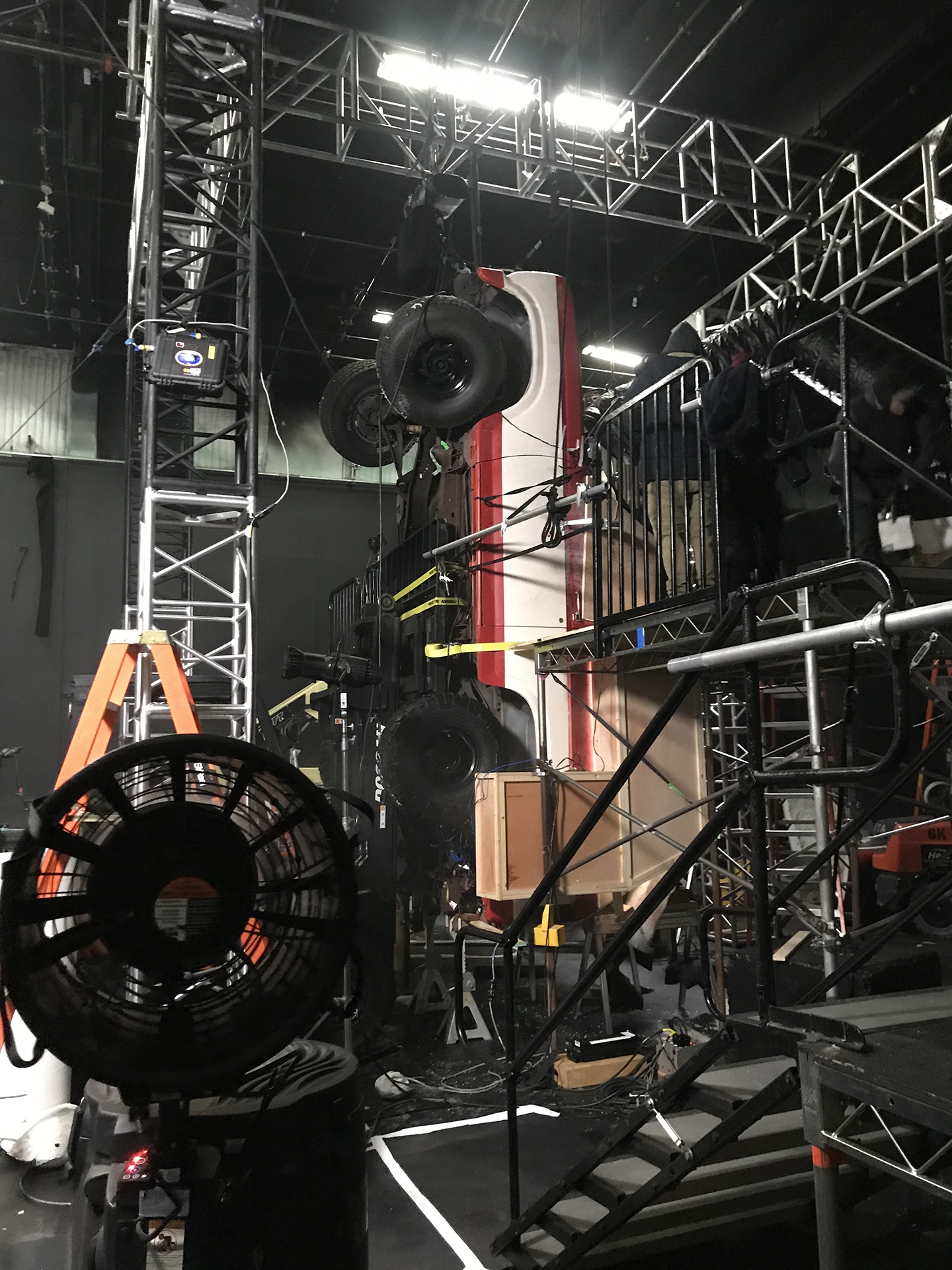
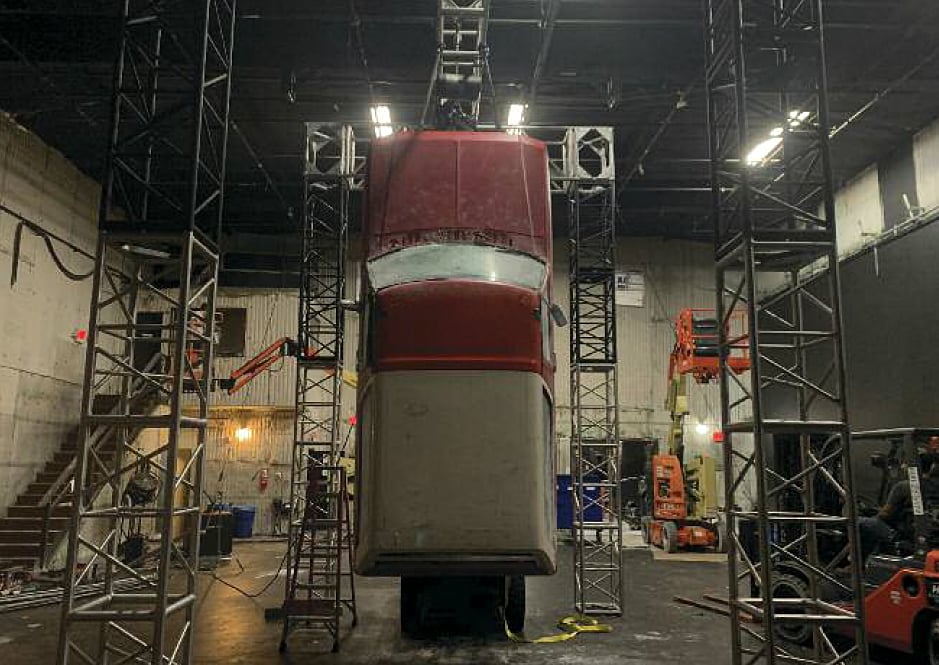
The final grade for Wireless was performed by colorist Matt Osborne at The Mill in Los Angeles, using a Kodak Vision3 500T emulation LUT for the Venice footage. Wiesnet reviewed the grade on an iPad — his experience being roughly identical to that of the average viewer “watching my show next to a window on a bus in the middle of the day.”
Commenting on one of his influences for Blackballed, cinematographer Joshua Z Weinstein notes, “[Wartime photographer and photojournalist] Robert Capa said, ‘If your photographs aren’t good enough, you’re not close enough.’ That’s exactly what I wanted to do.” For the Quibi docuseries about the 2014 NBA scandal that ensued when Los Angeles Clippers owner Donald Sterling’s racist comments were leaked to the public, Weinstein literally and figuratively leaned into the portrait method of framing interview subjects, to create an “immediate empathetic experience,” he says. For the interview, he adds, “moving in on a wide-angle lens for a close-up pops like nothing else.”
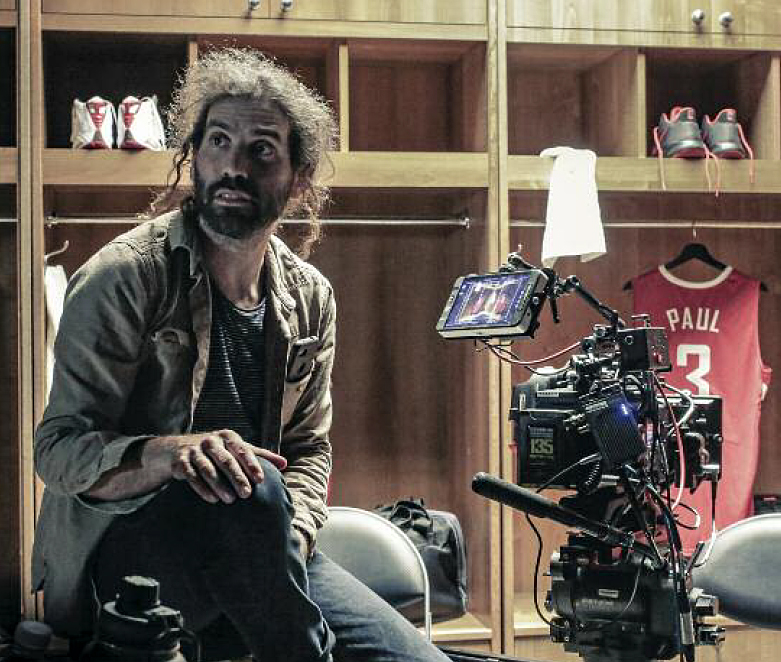
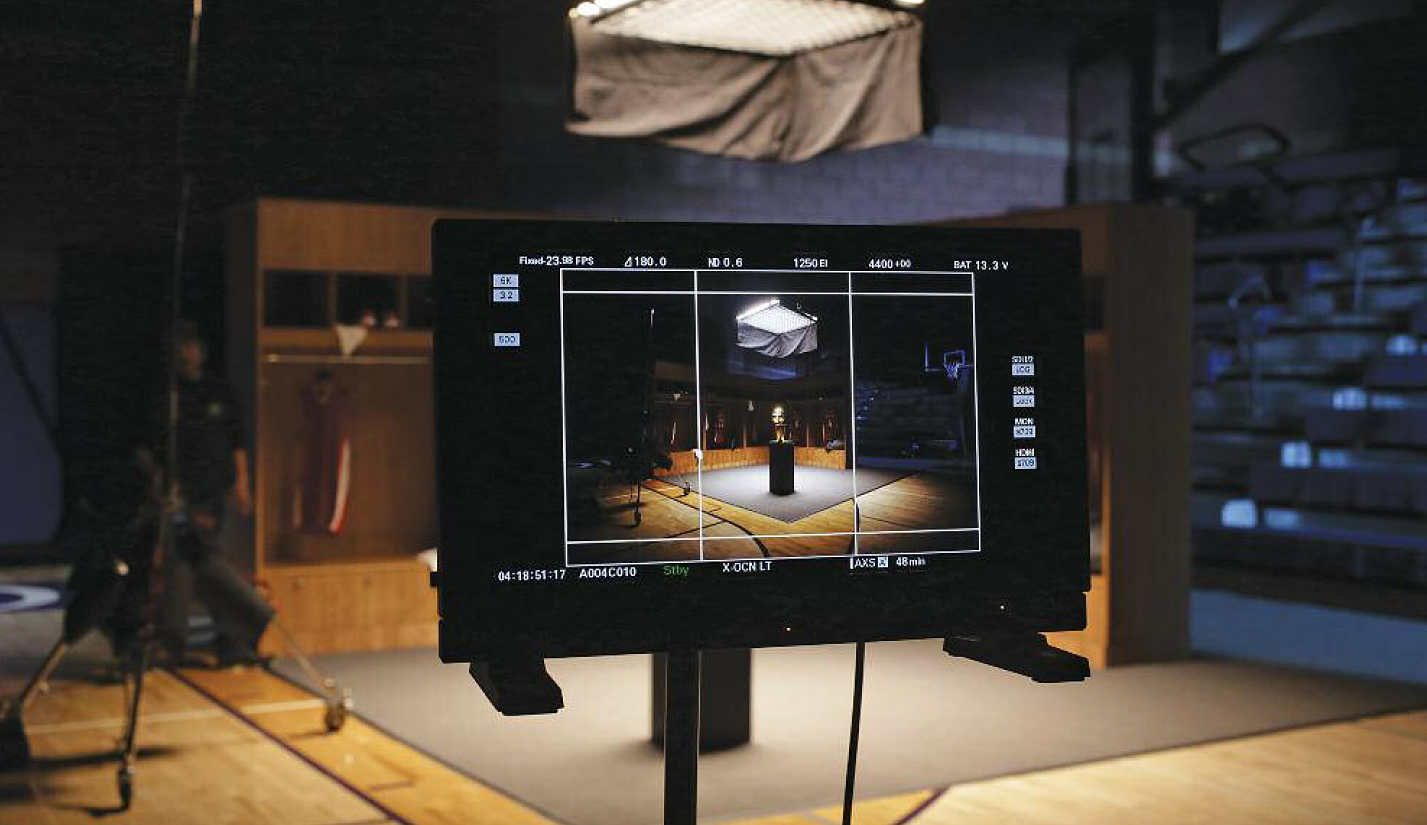
Weinstein and director Michael Jacobs placed their Sony Venice camera as close as possible to the interviewees, shooting them in 4K full-frame XAVC Class 480 with Canon K-35 prime lenses — often the 24mm (T1.6) and sometimes the 35mm (T1.4), rented from Alternative Rentals in Los Angeles and TCS and Handheld Films in New York. Cinematographer Fletcher Wolfe handled some of the additional photography in New York.
An Interrotron — a rig invented by documentary filmmaker Errol Morris that uses a teleprompter-style mirror system — was employed to establish direct eye contact between on-camera subjects and the audience.
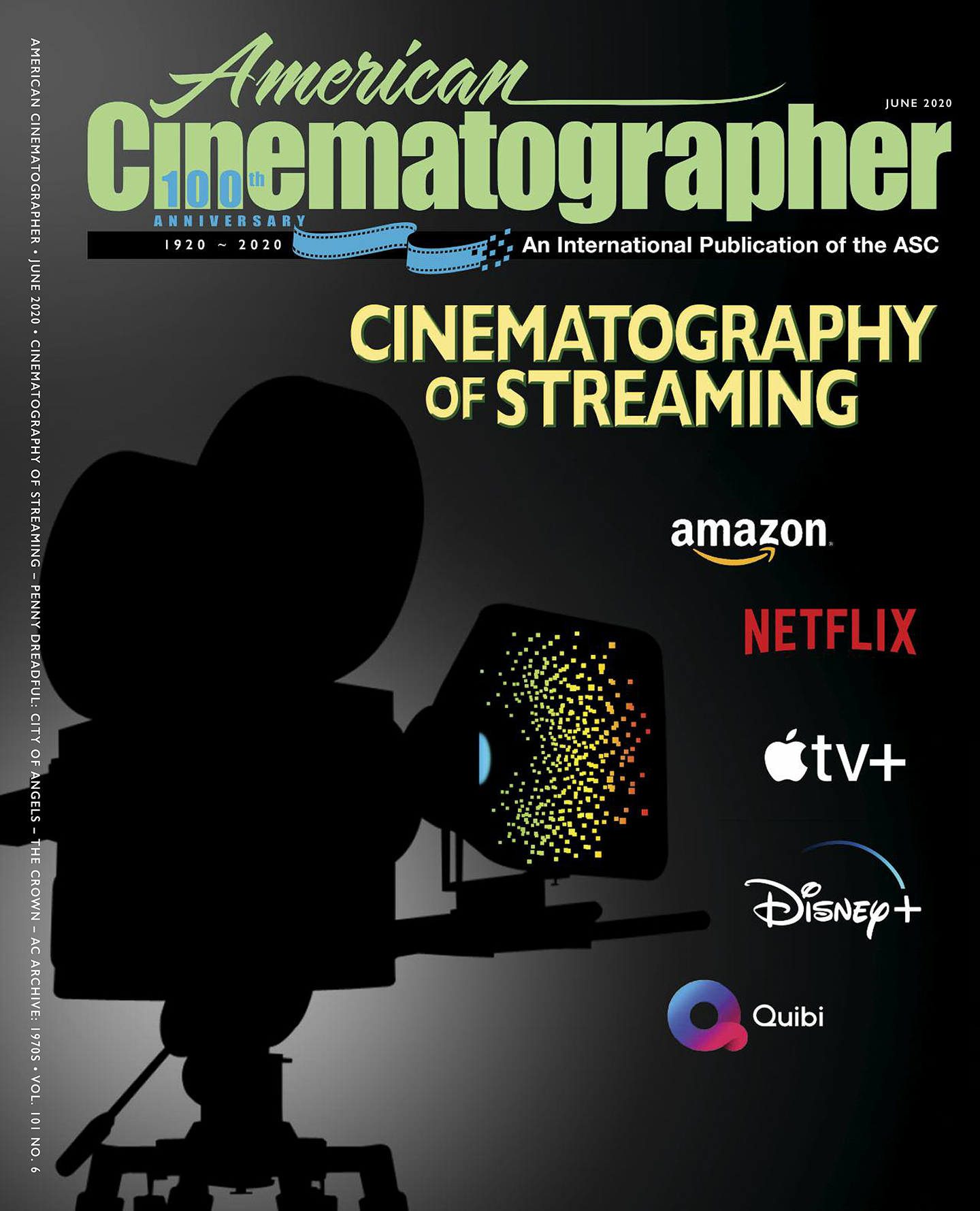
Additional footage of players on the courts was photographed in 6K 3:2 mode (capturing X-OCN LT) at speeds up to 120 fps at locations around Los Angeles County. Weinstein and Jacobs were inspired by the minimalism of Lars von Trier’s Dogville and employed a similar approach, depicting locations and props from their story in still-life tableaux. Says Weinstein, “Minimalism allows viewers to engage with their own imaginations.”
In post, 17" Sony PVM-A170 OLED monitors were used to check the 16:9 and 9:16 aspect ratios. Color for the 16:9 cut was supervised by Weinstein with colorist Sean Coleman at Company 3 in Los Angeles. Recomposing was done by Jacobs, who also directs commercials for the web, “so he’s very comfortable with the format,” Weinstein says. “I had to give up a little bit of control, but I trusted his eye to reframe in 9:16.”






